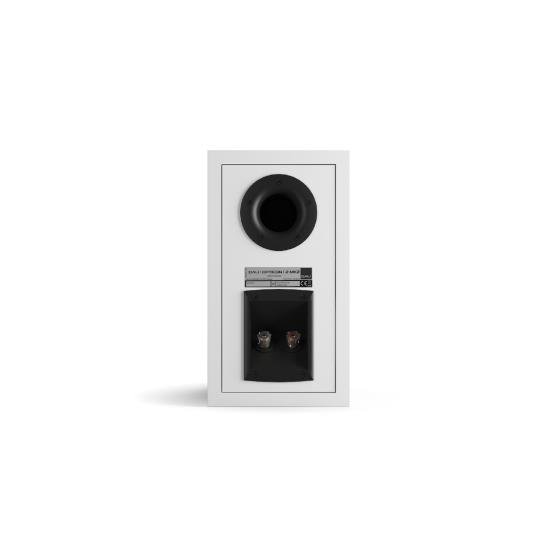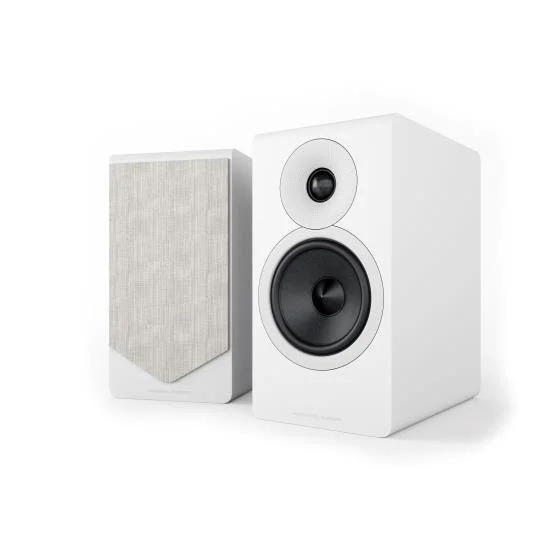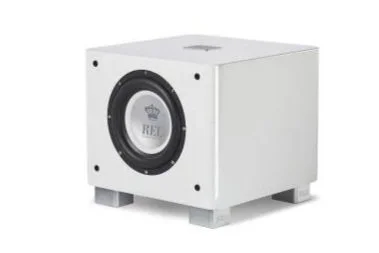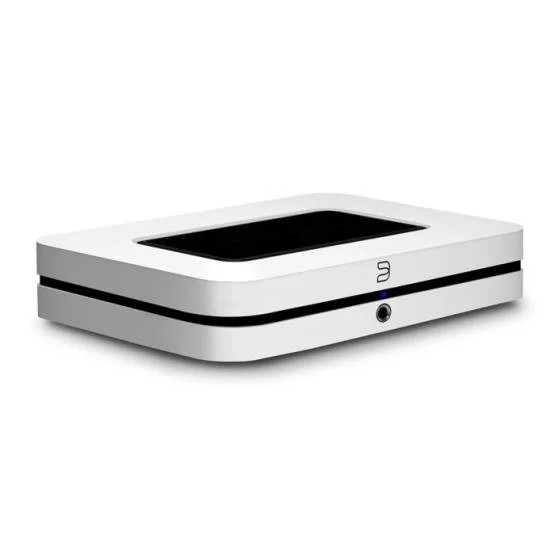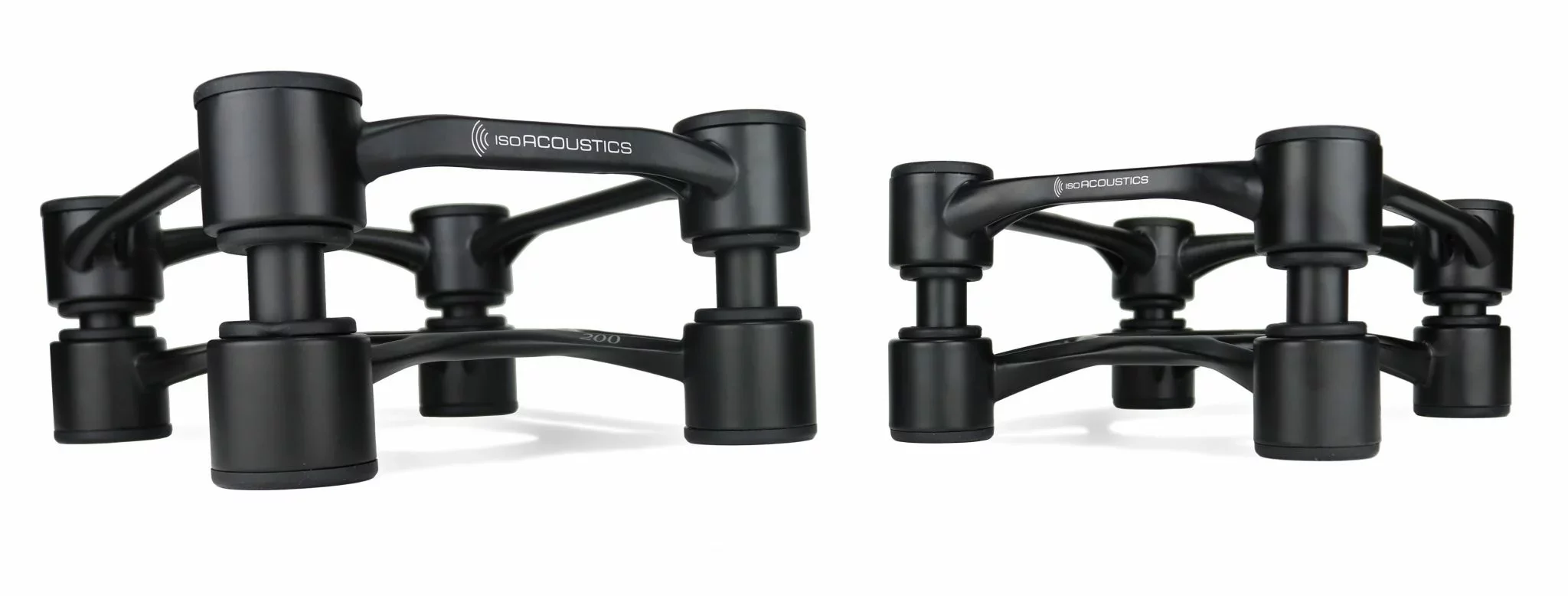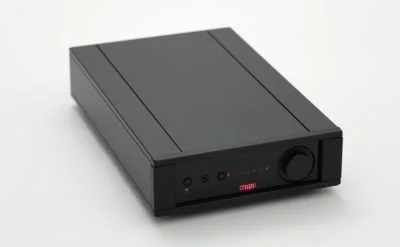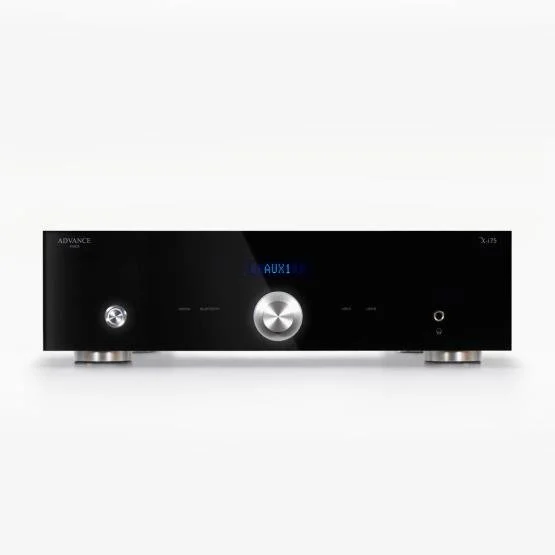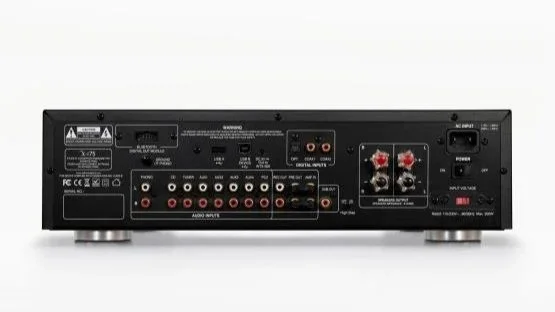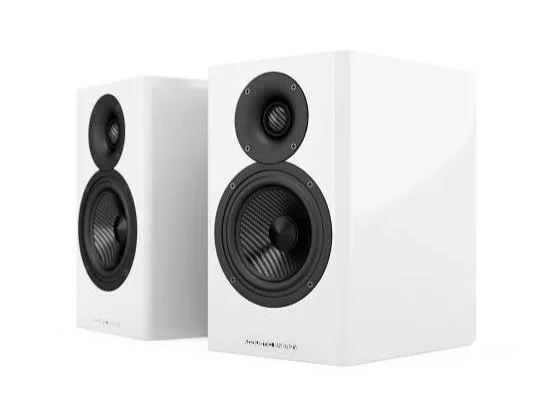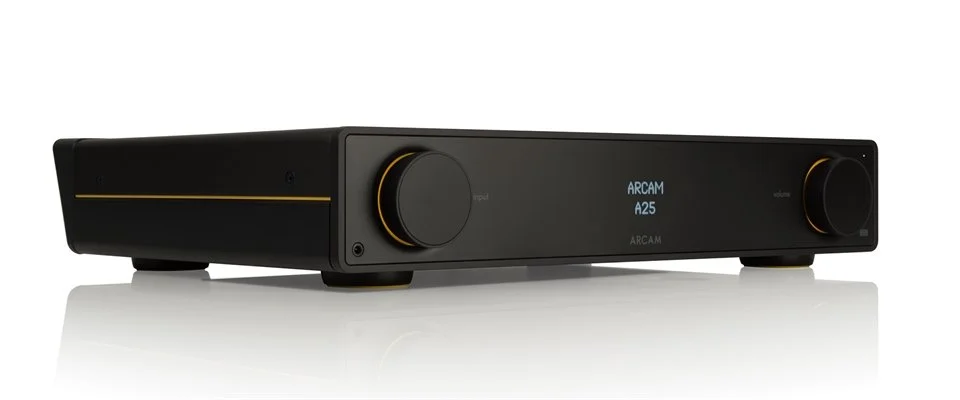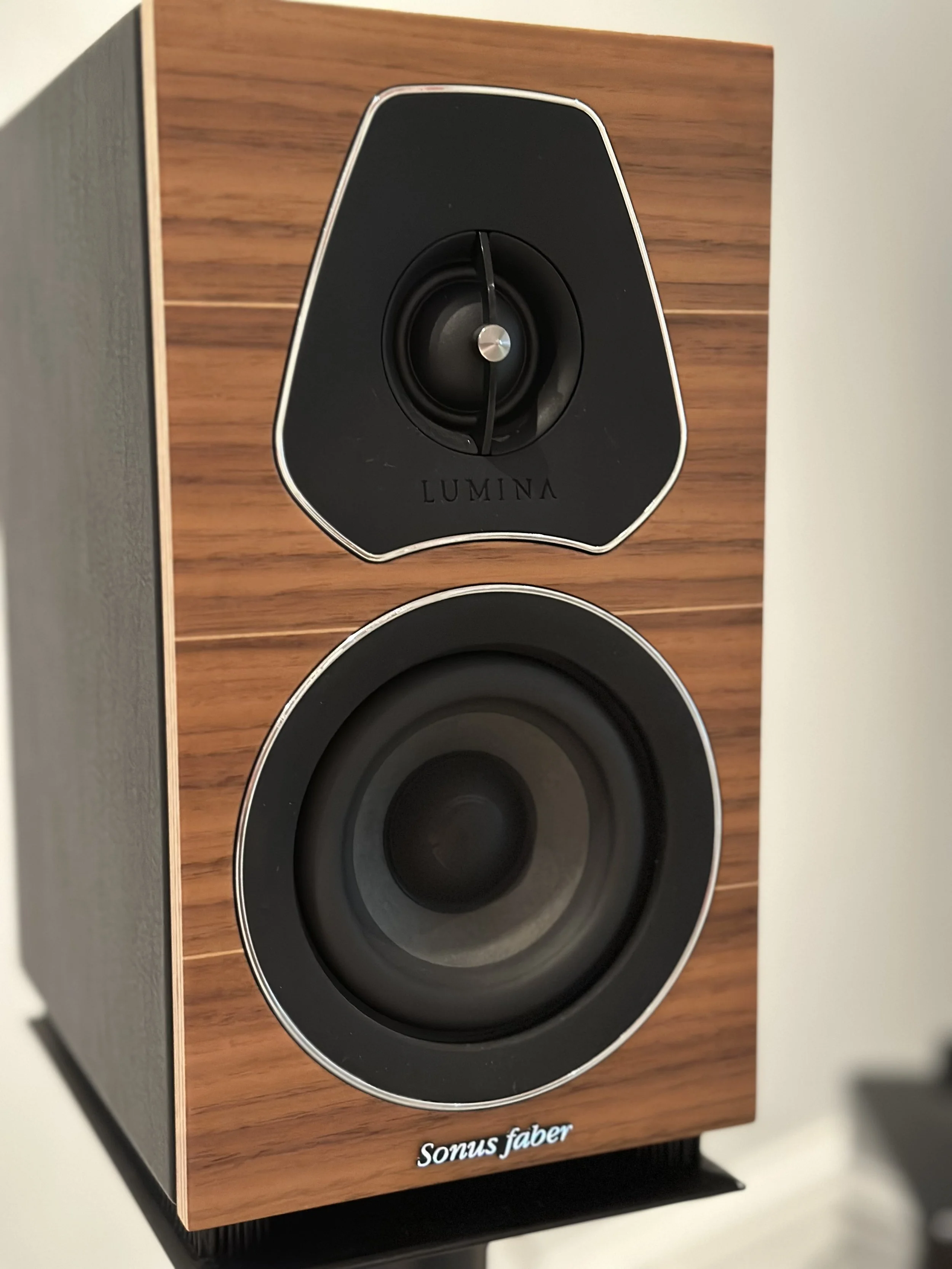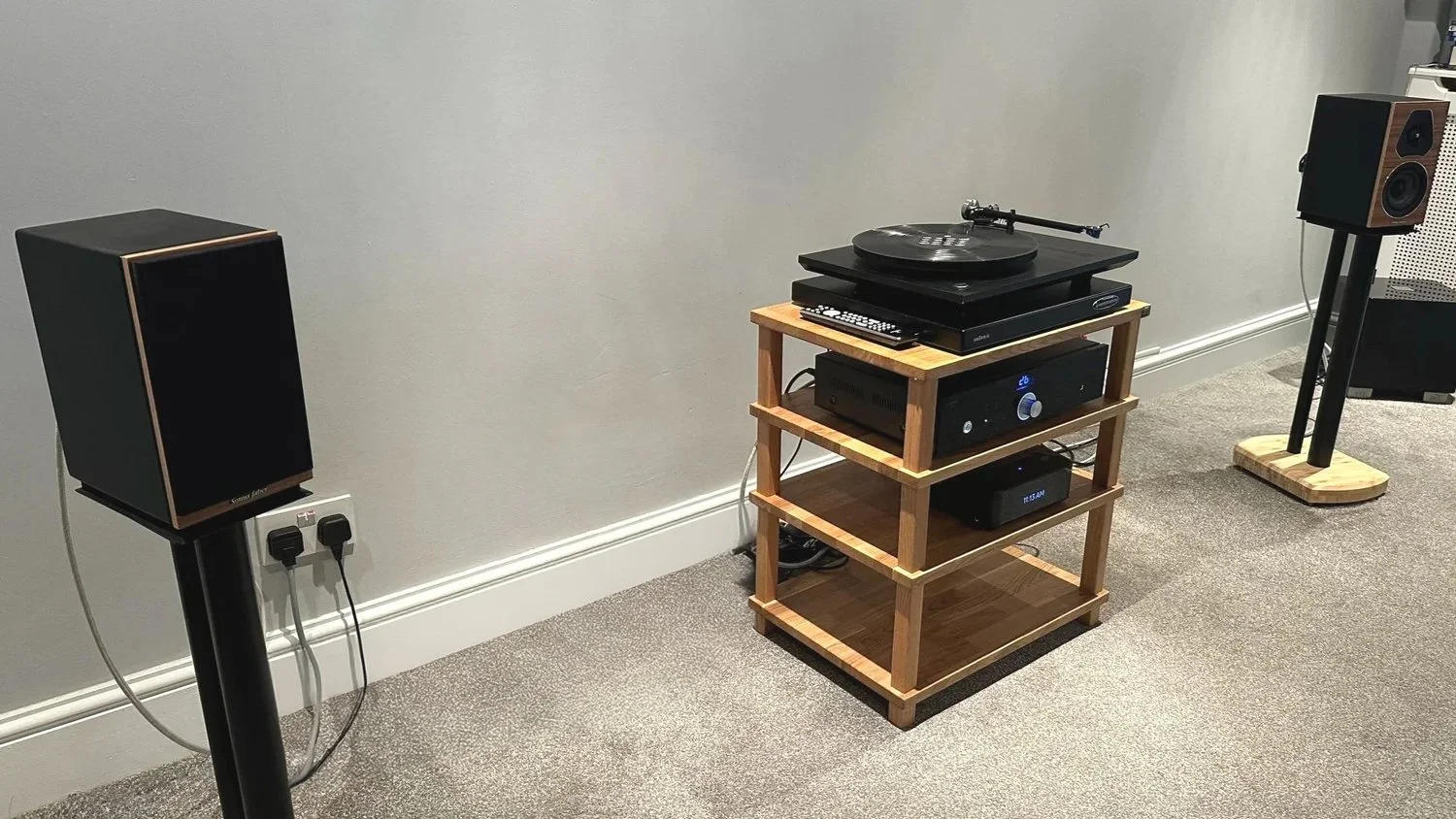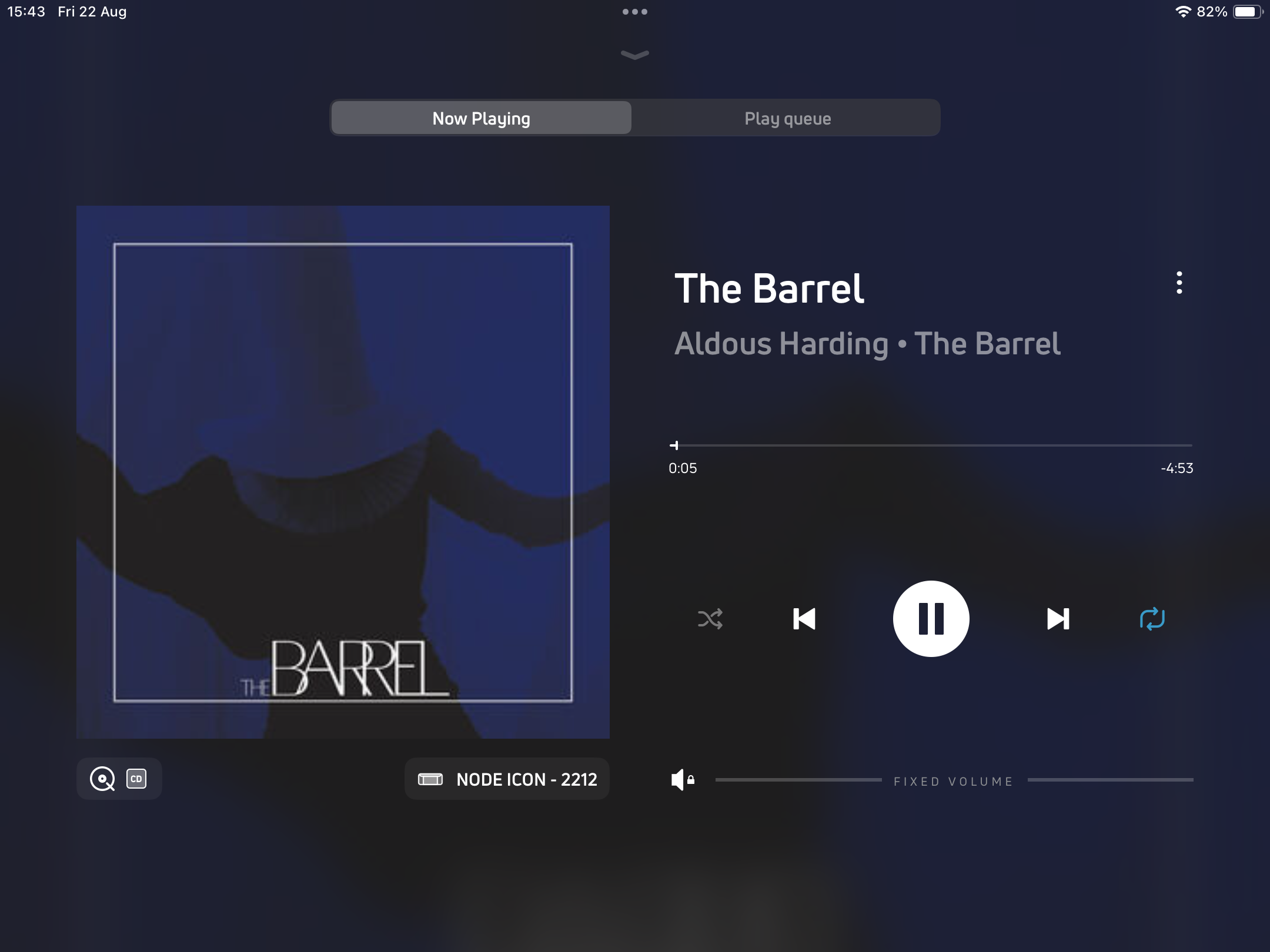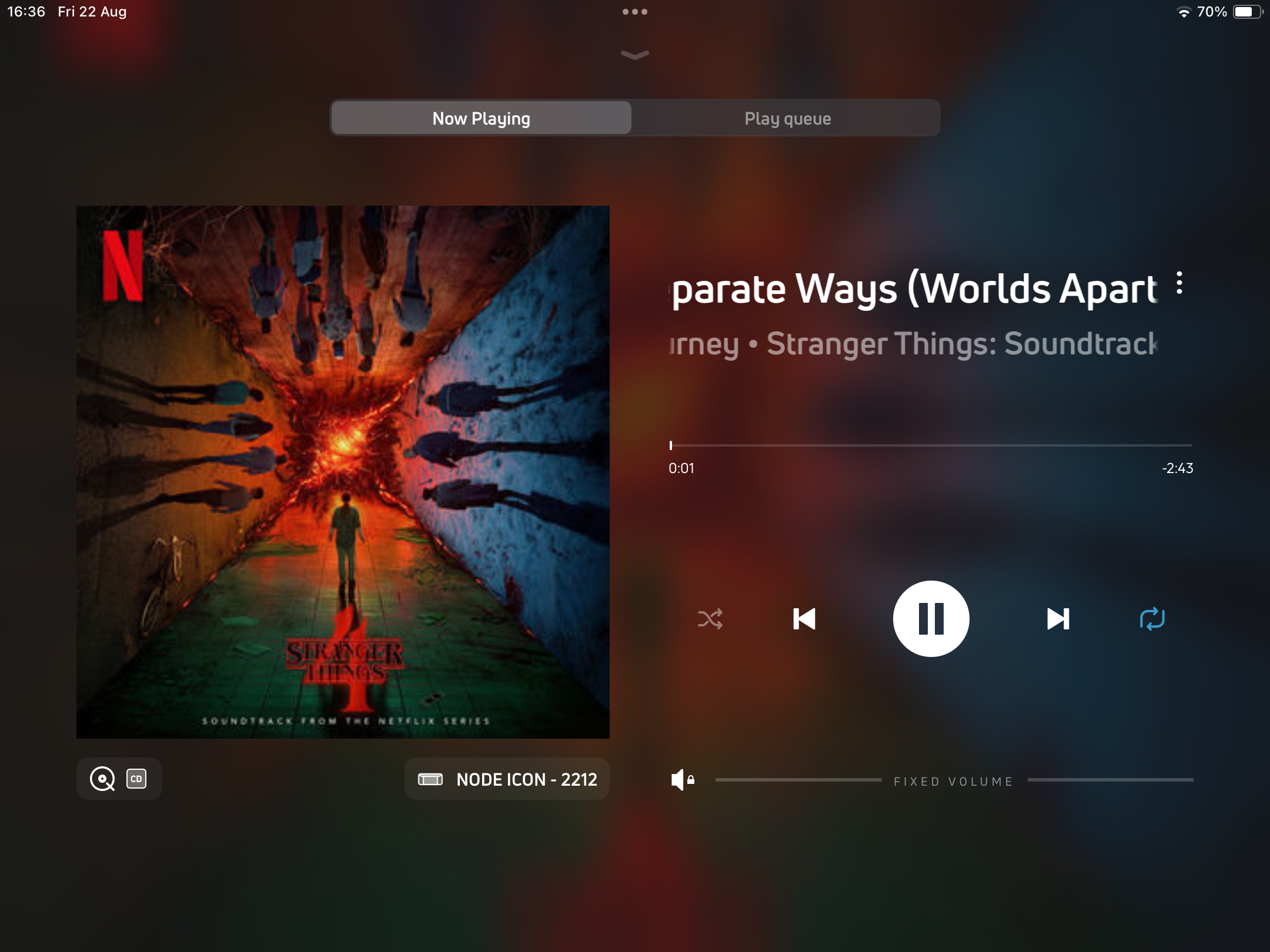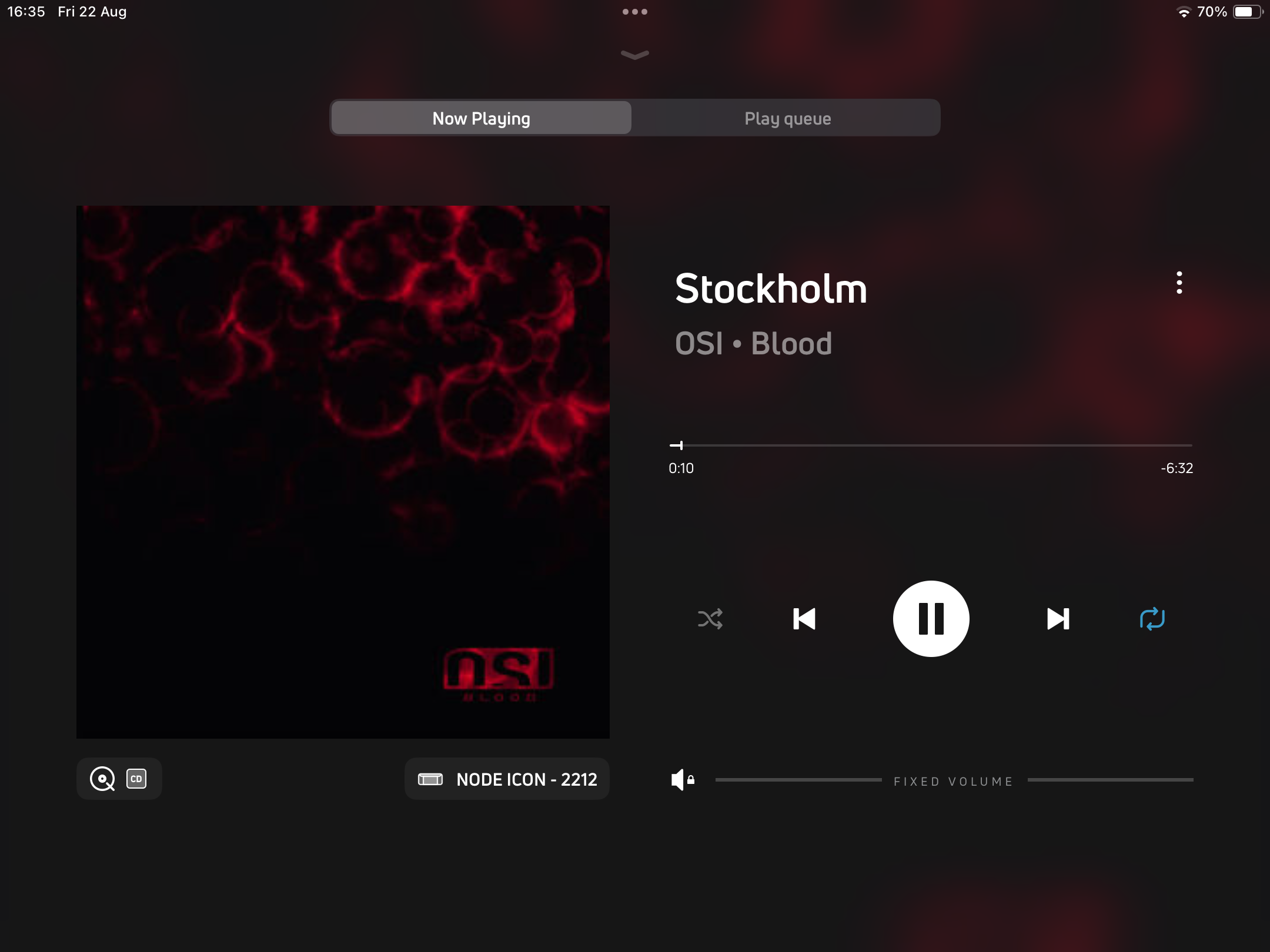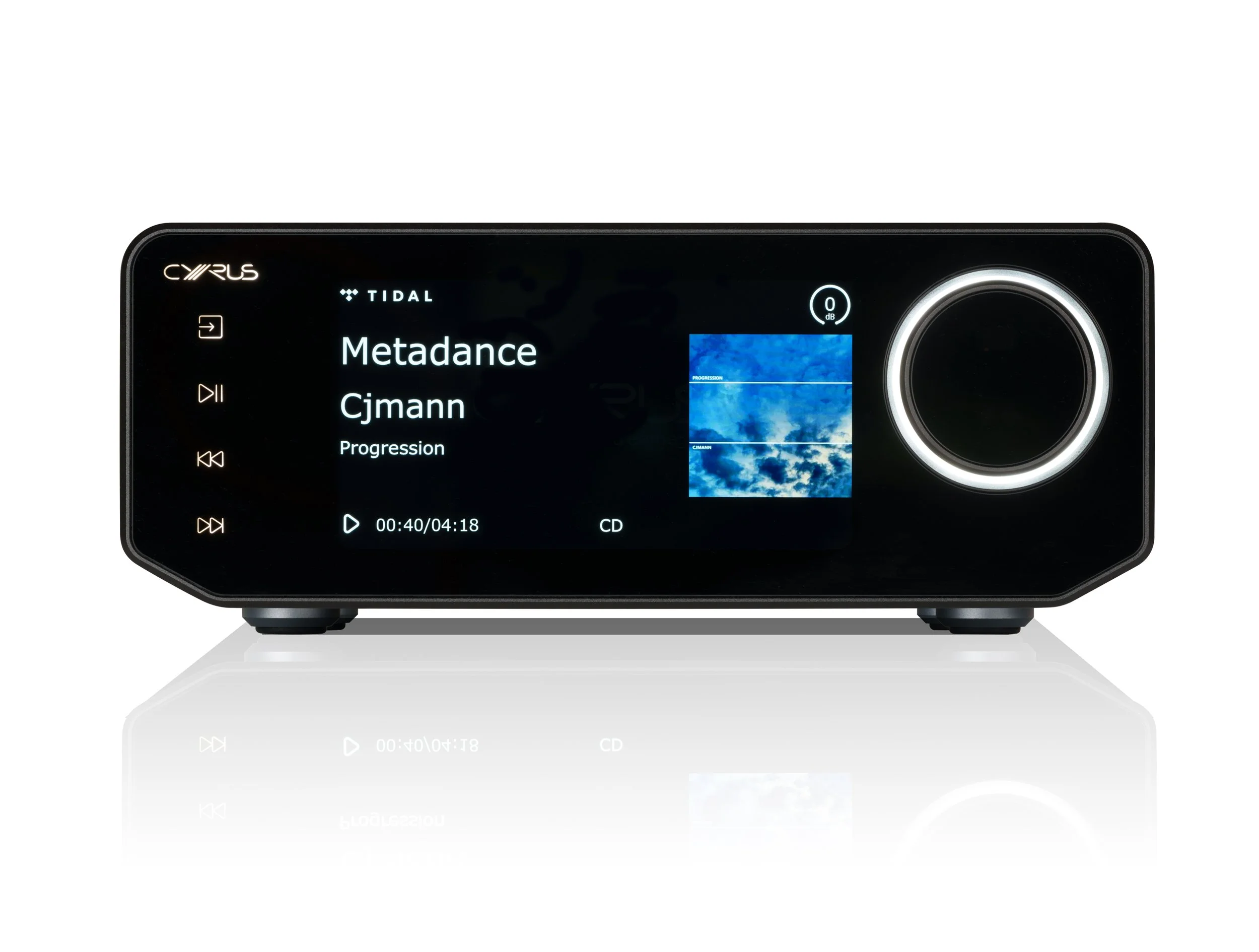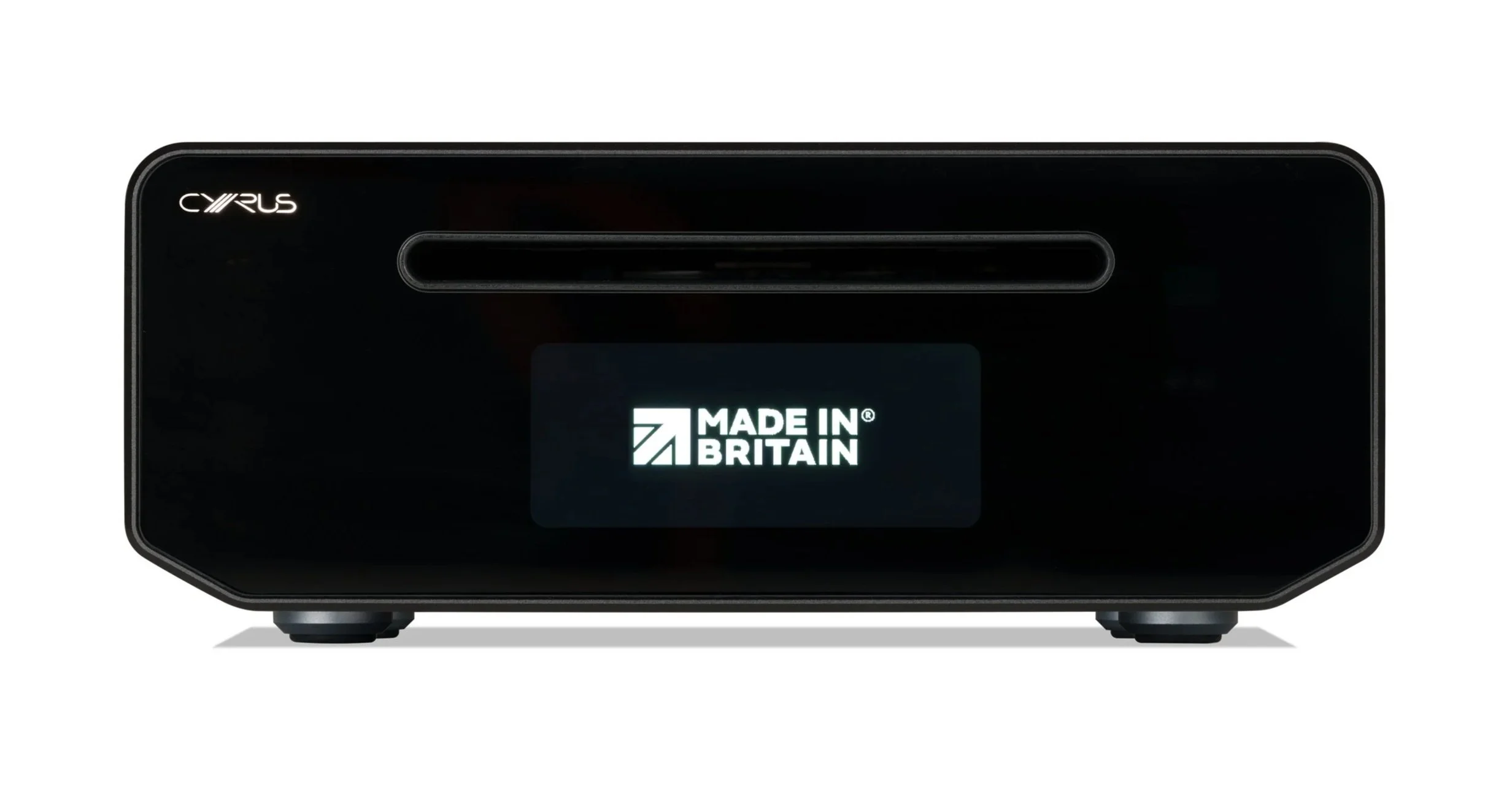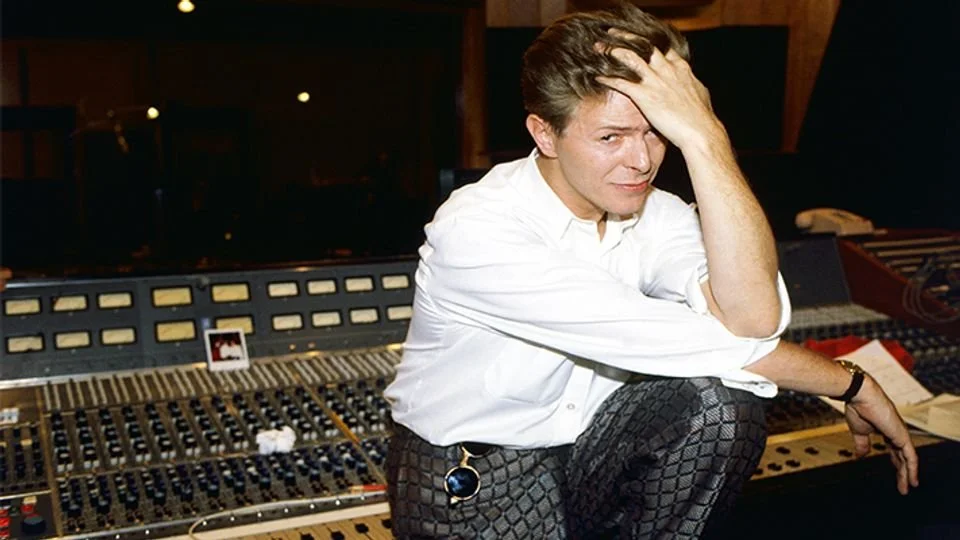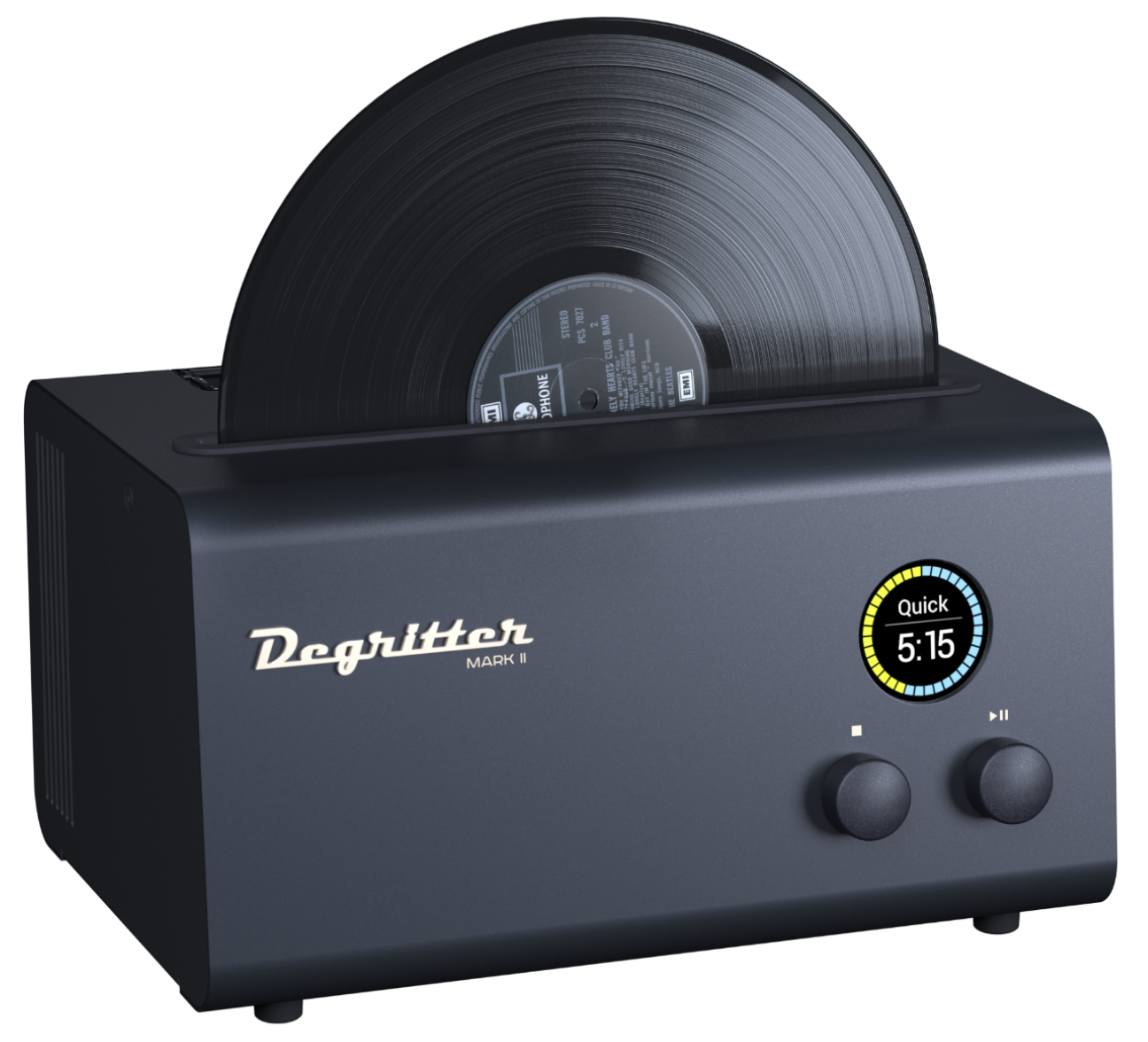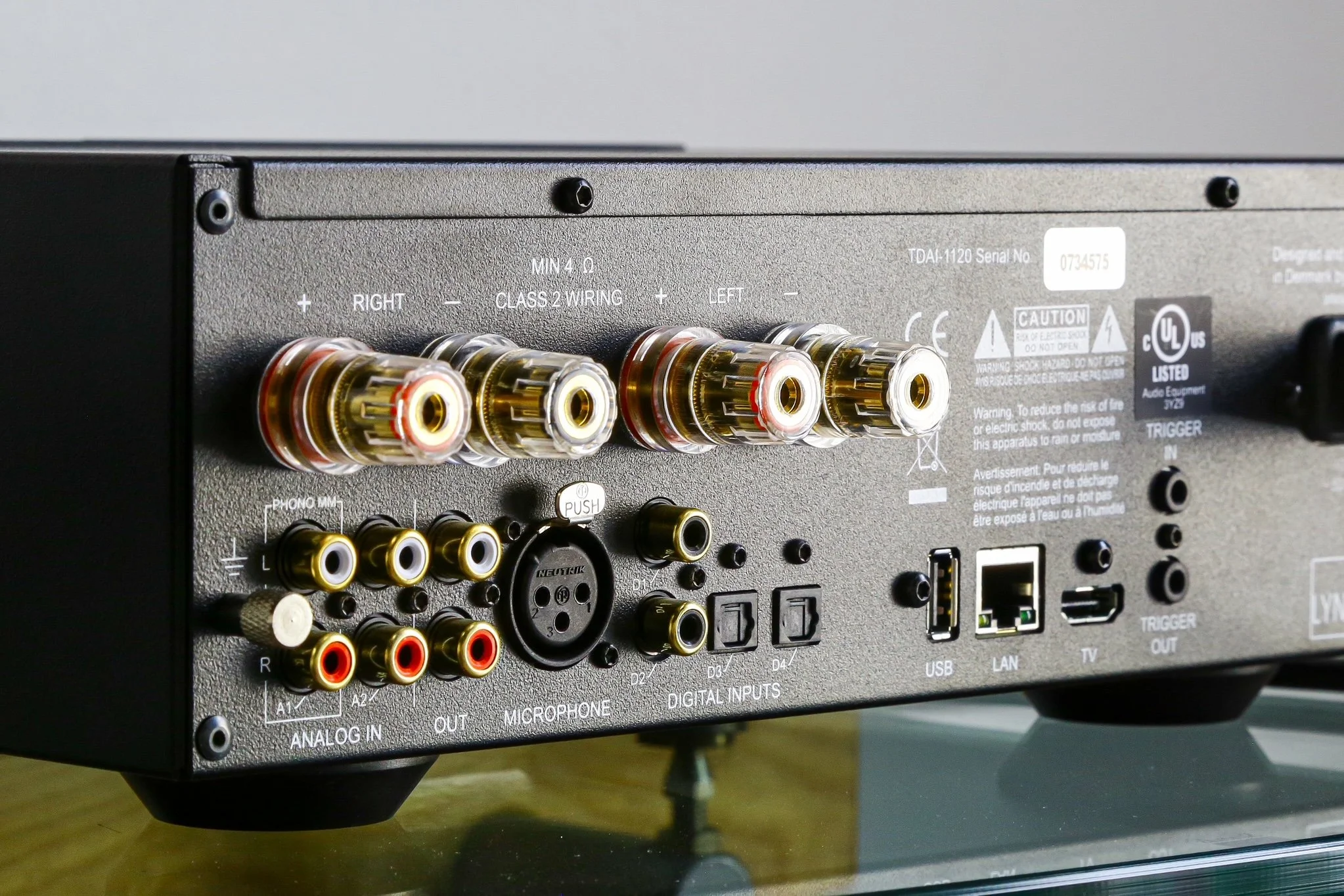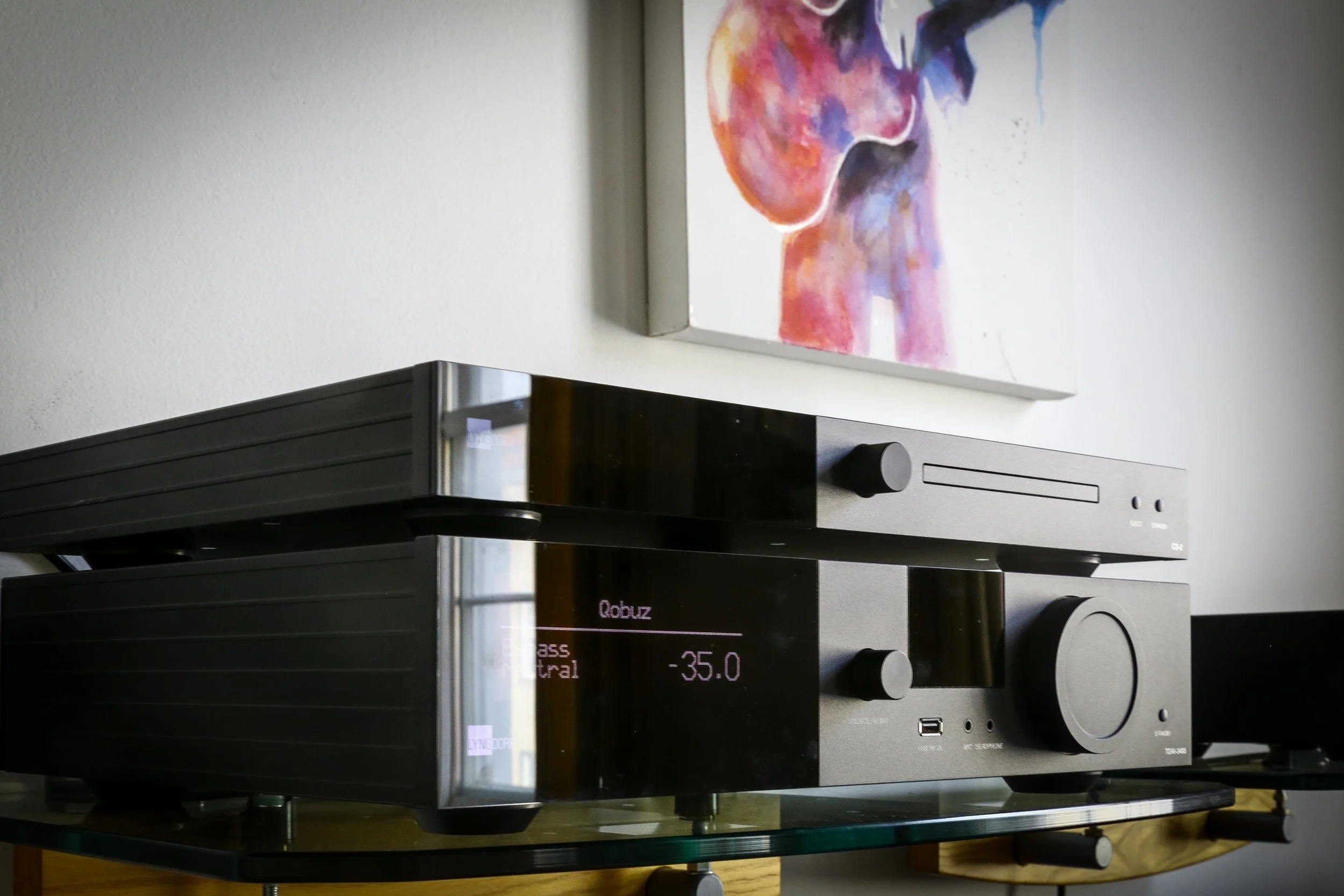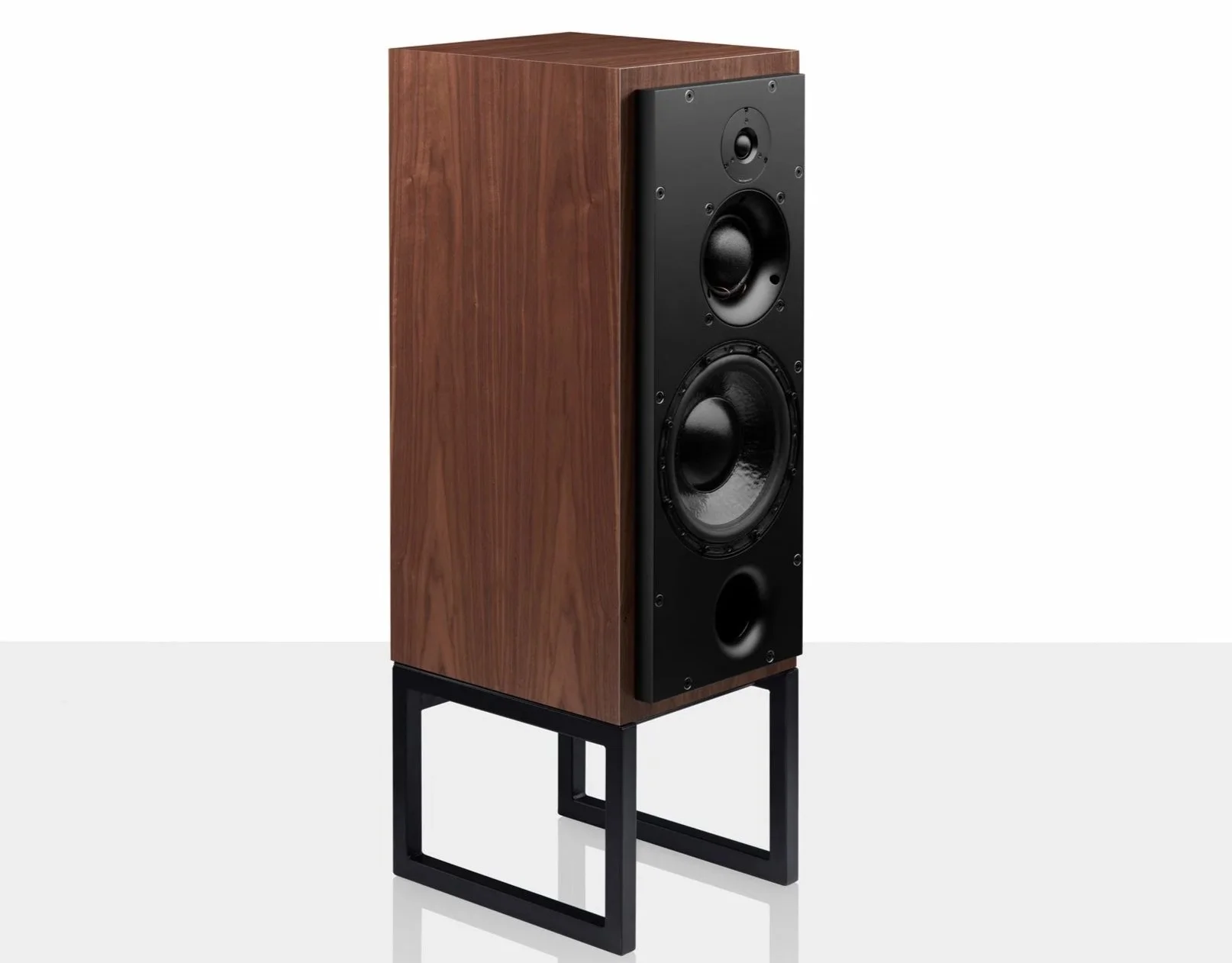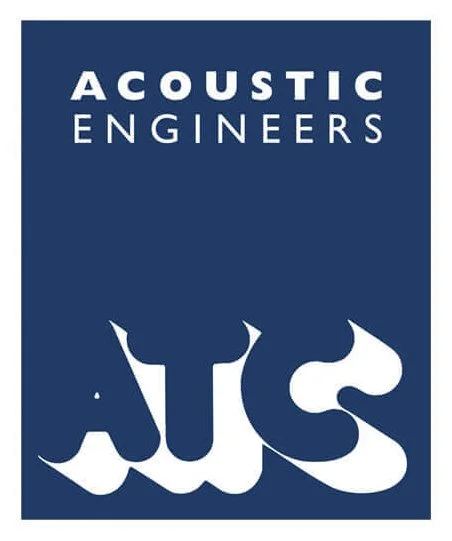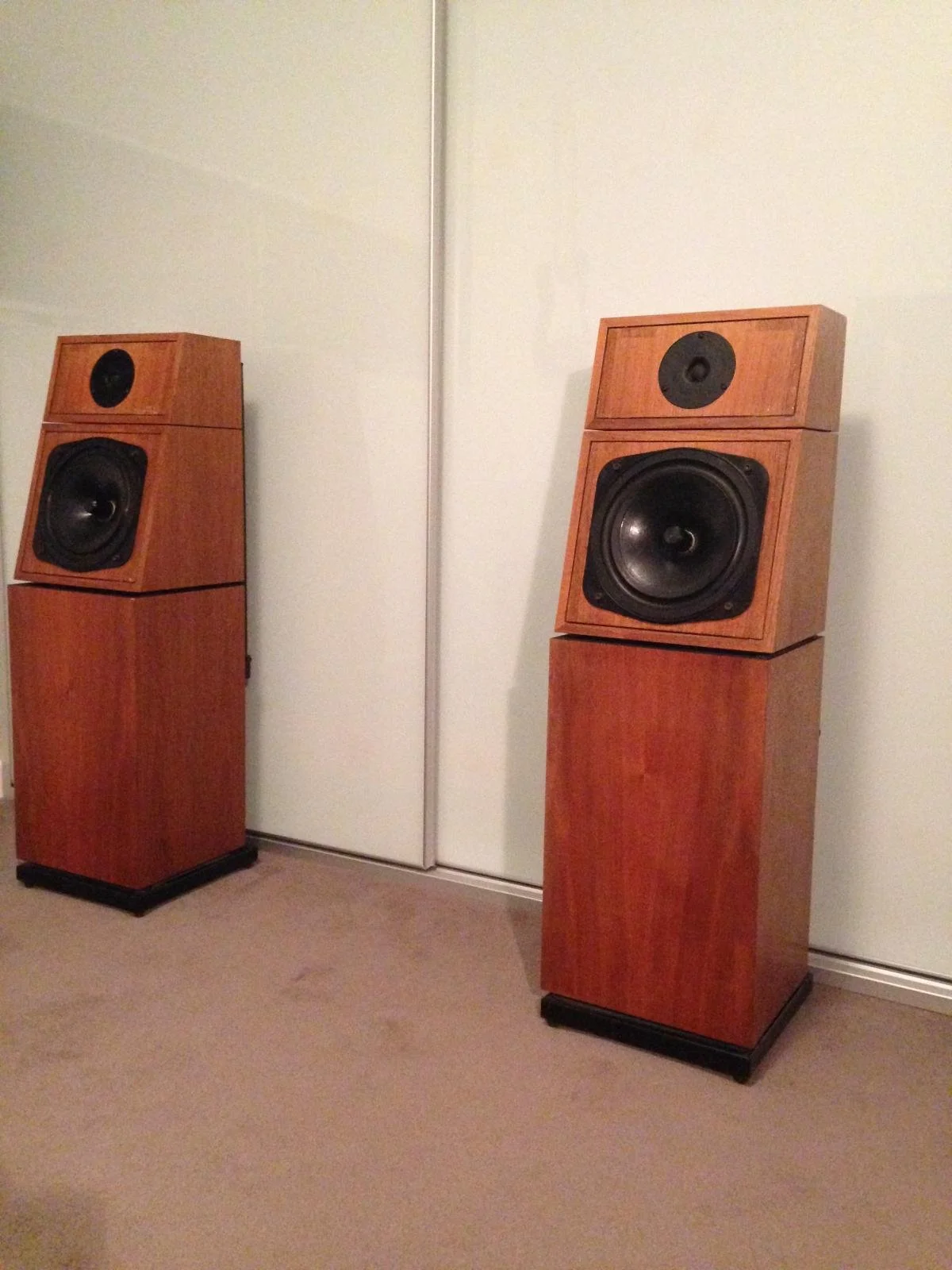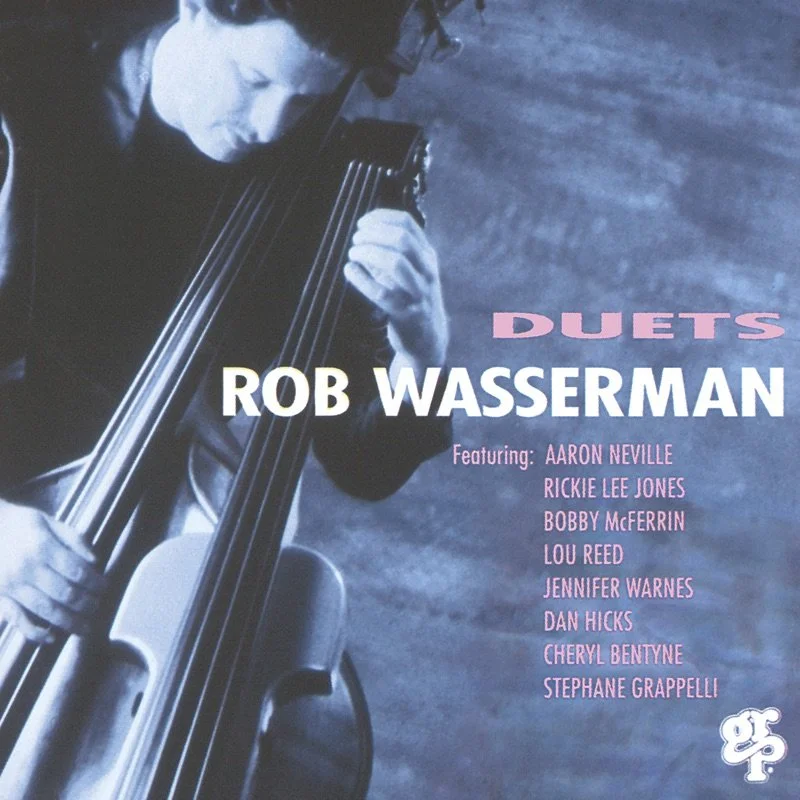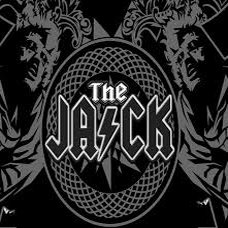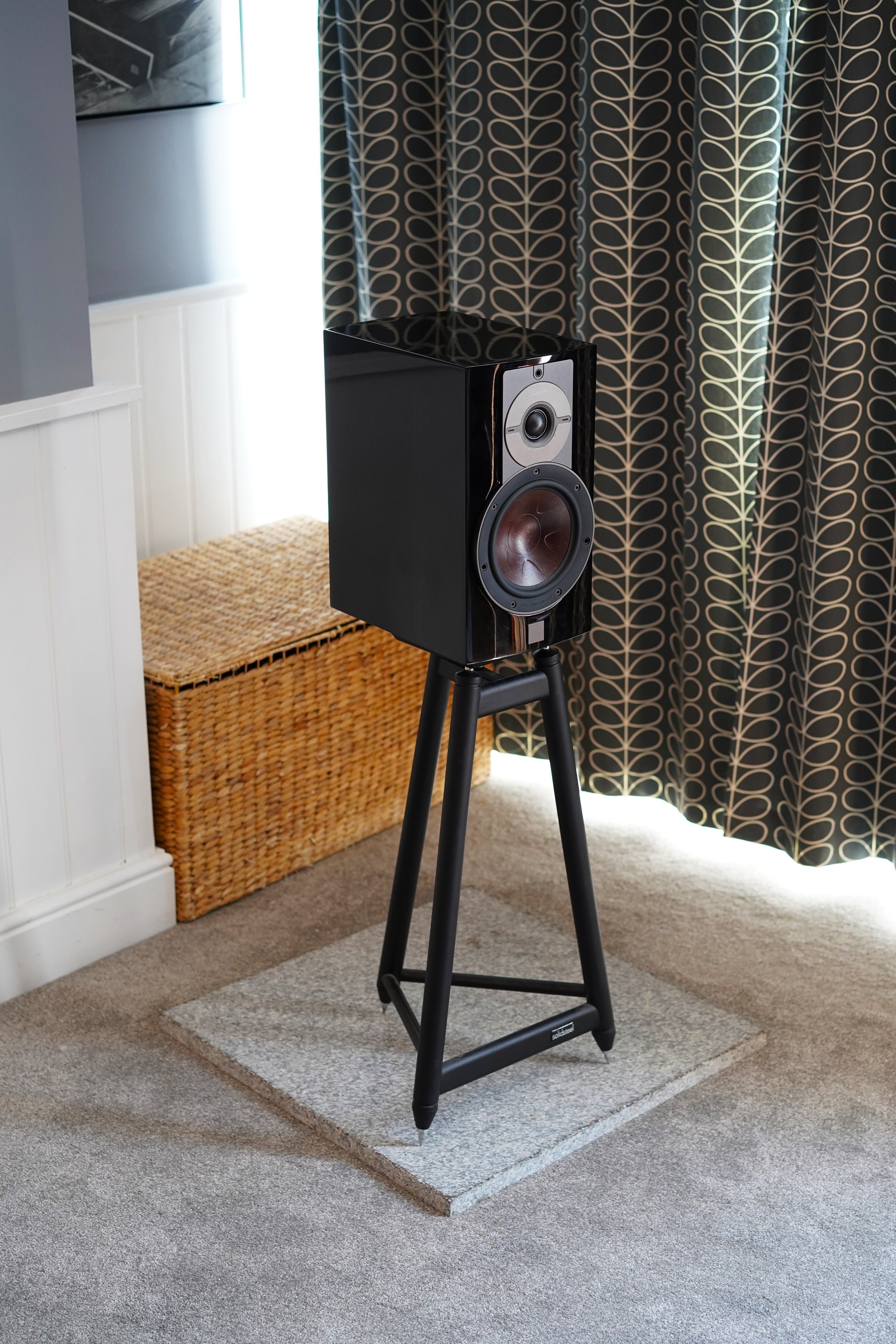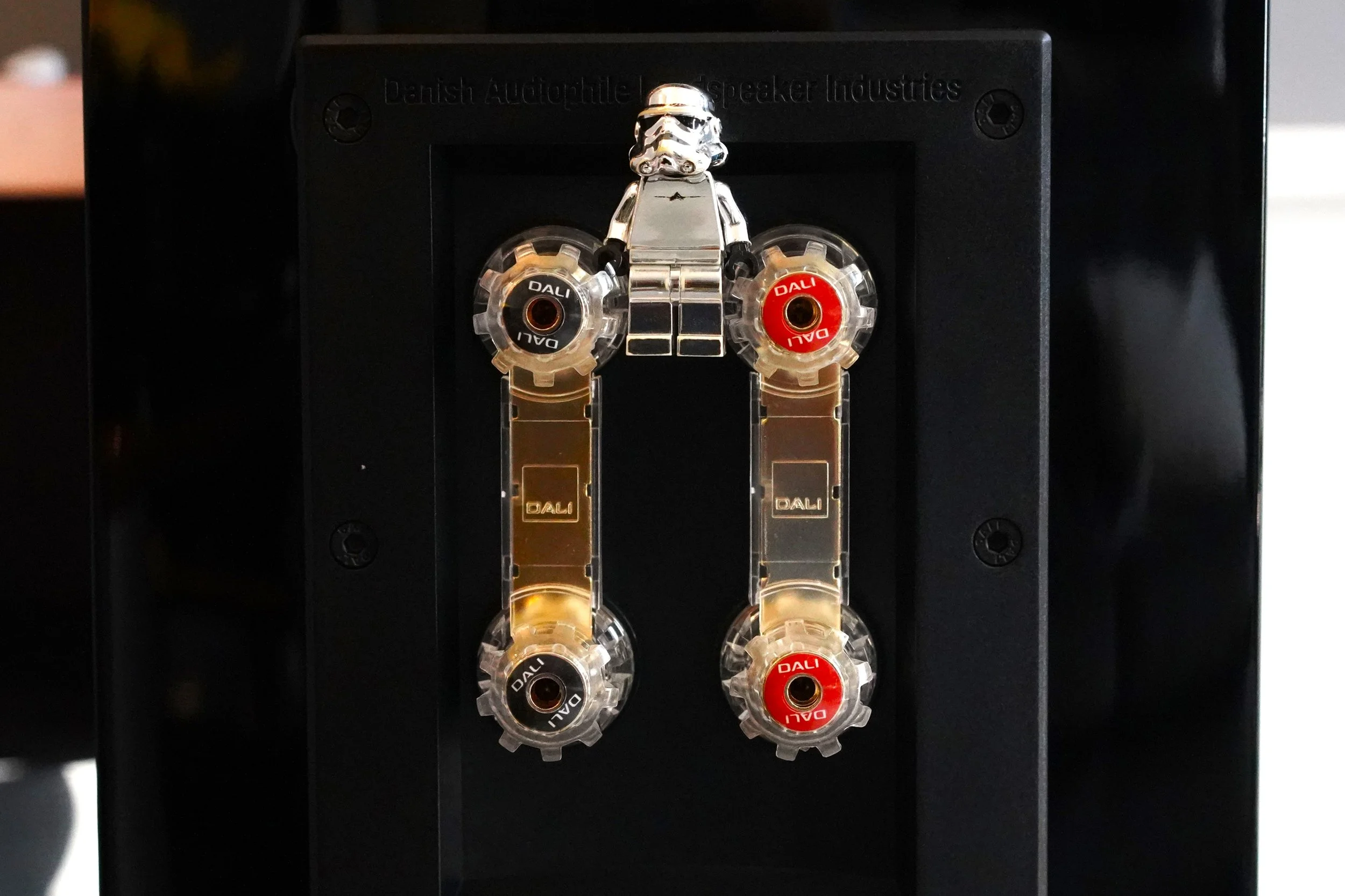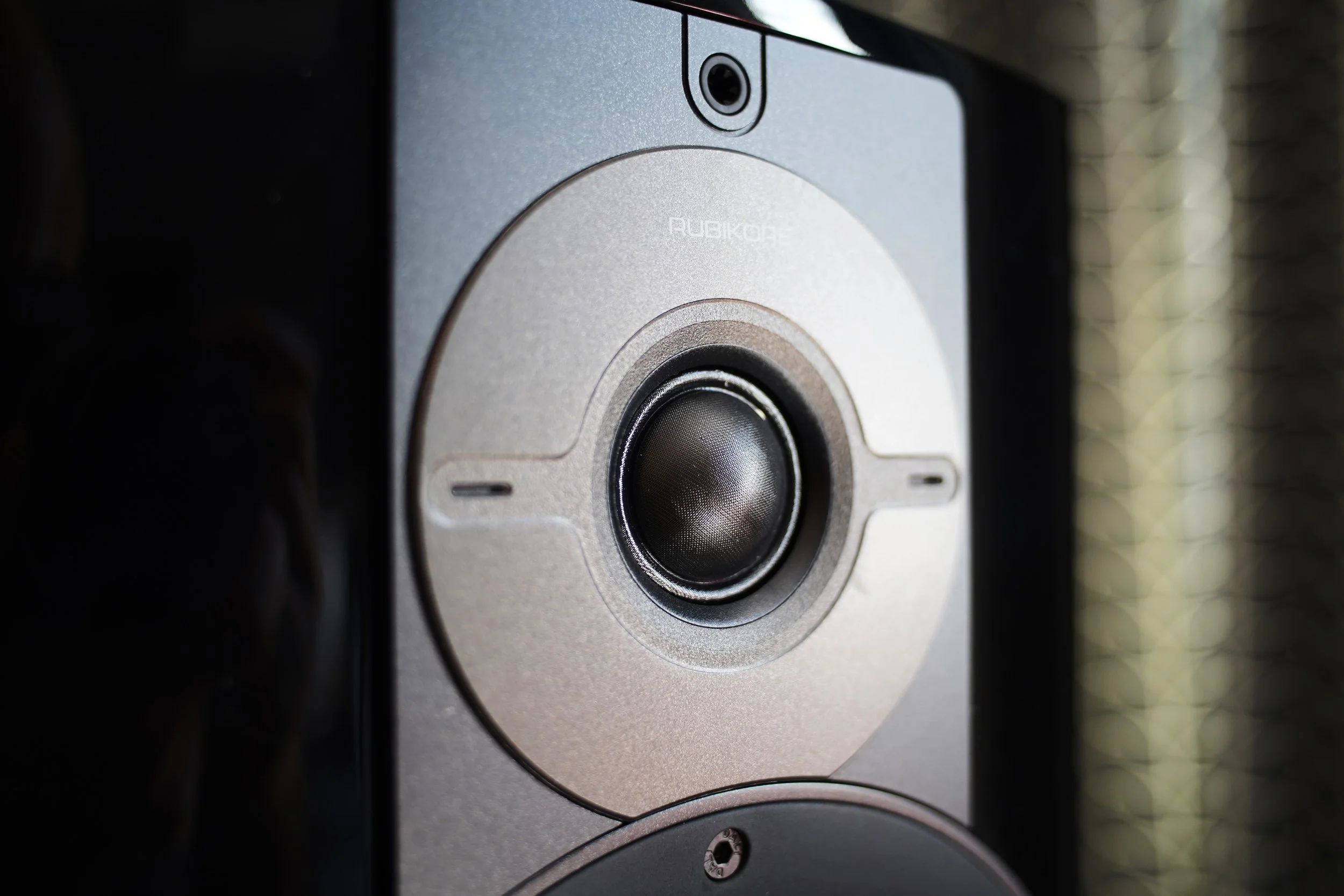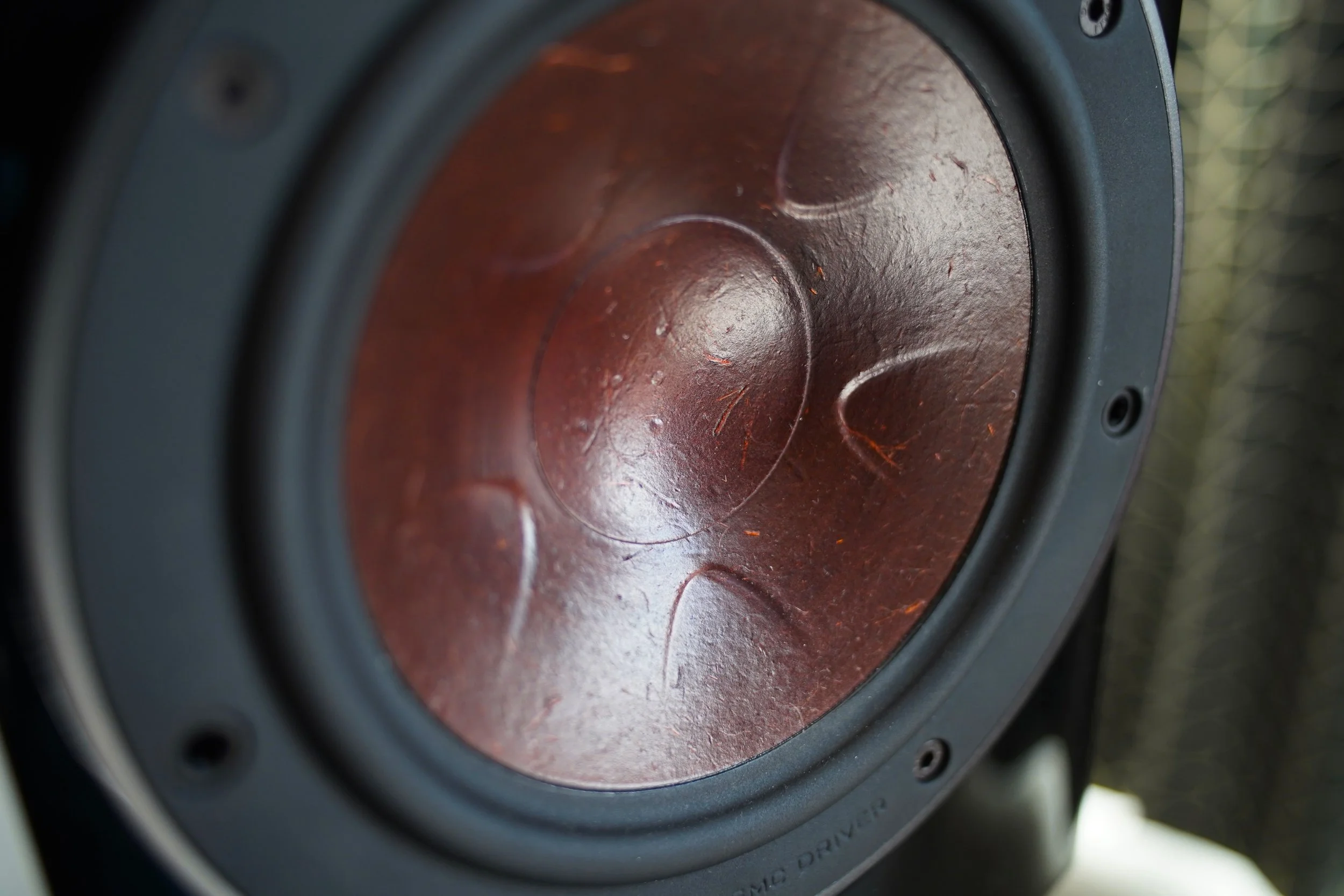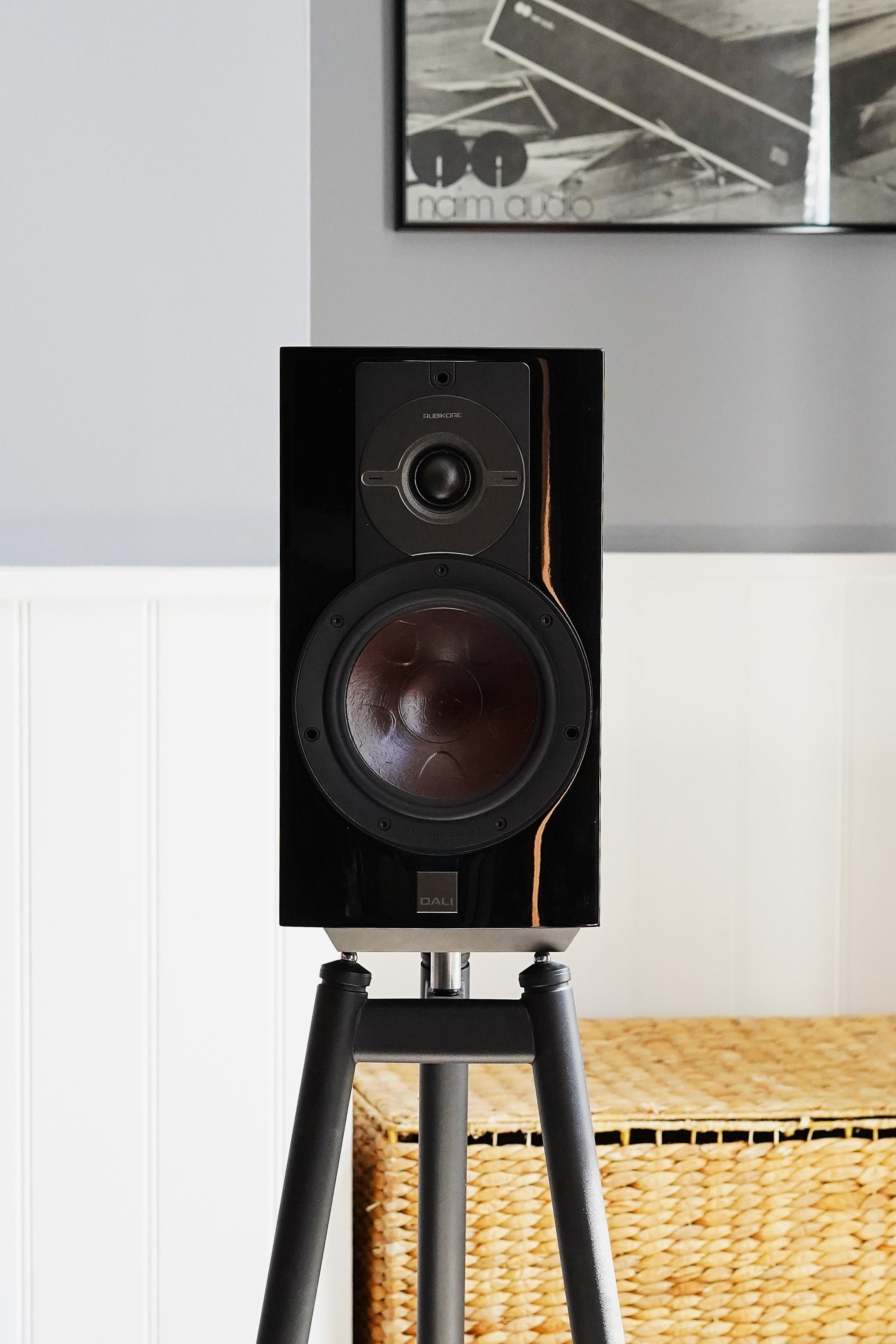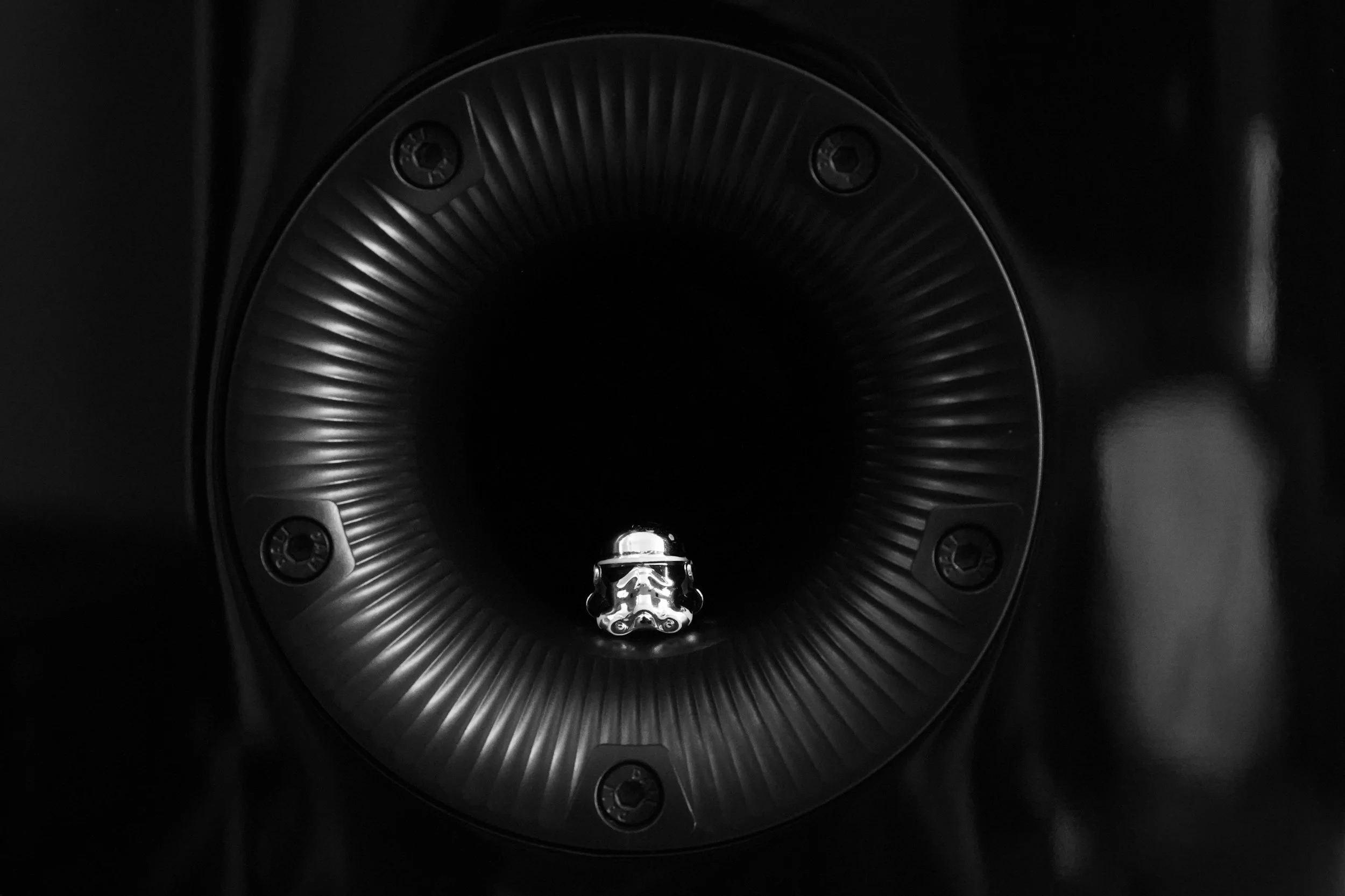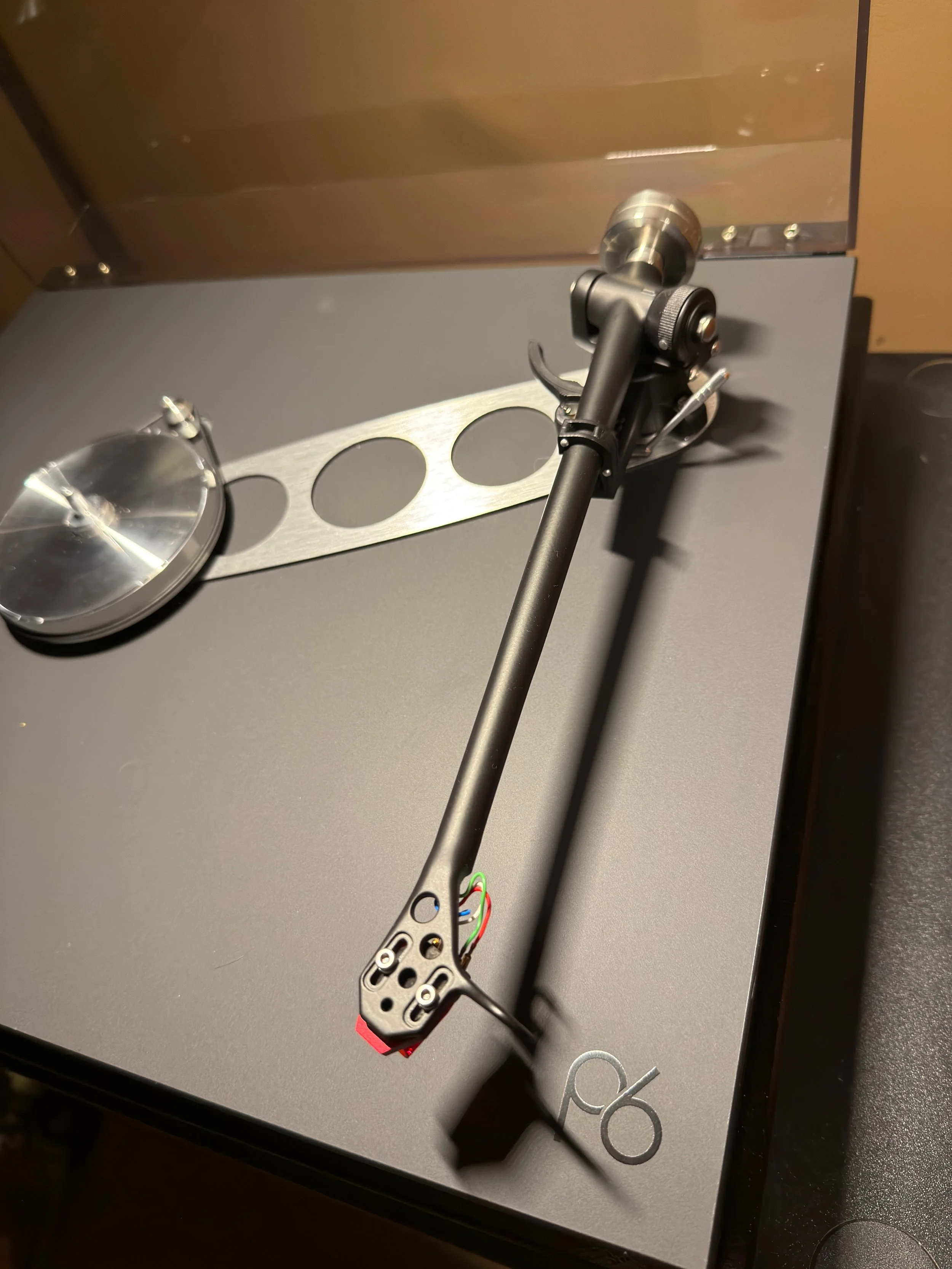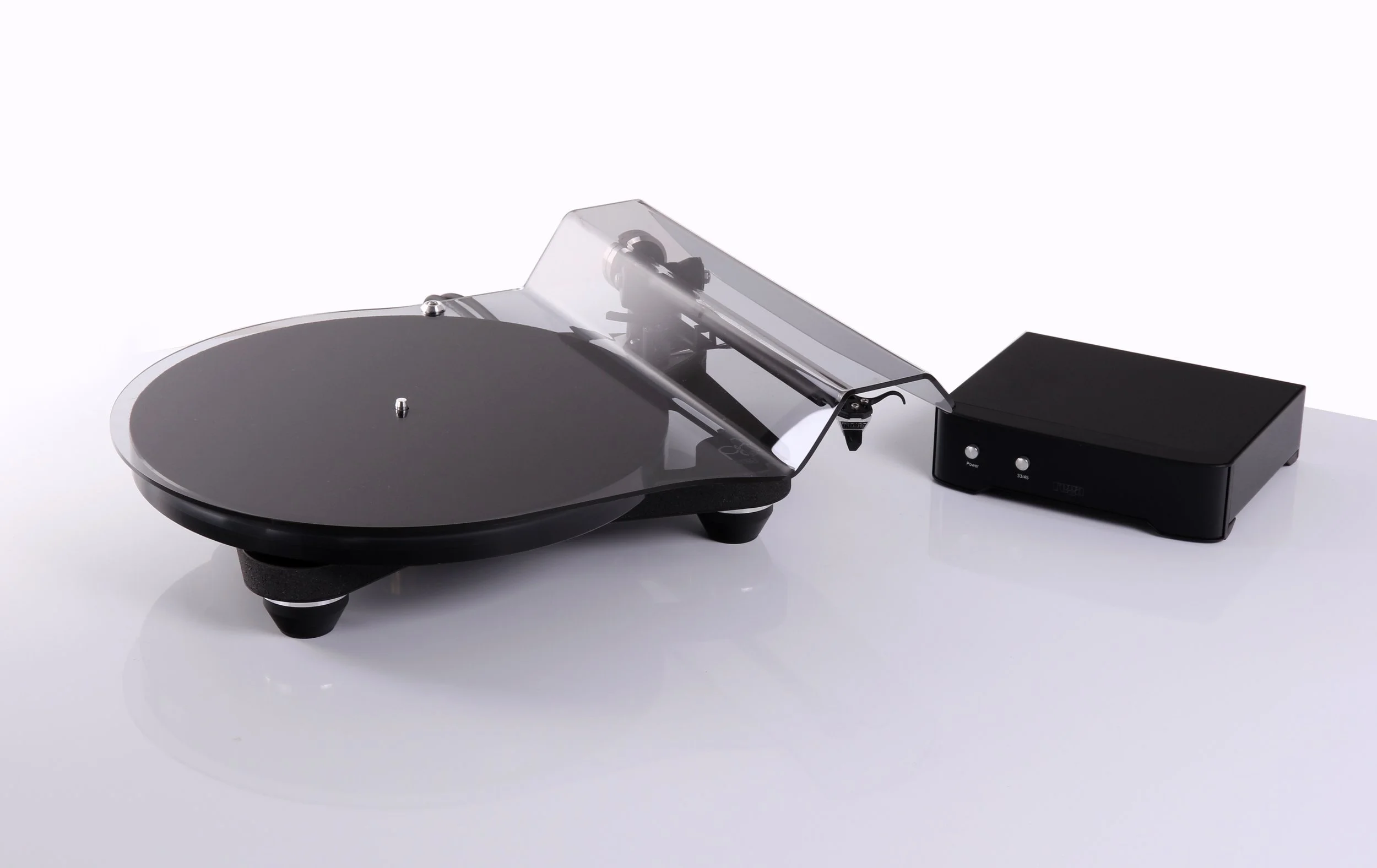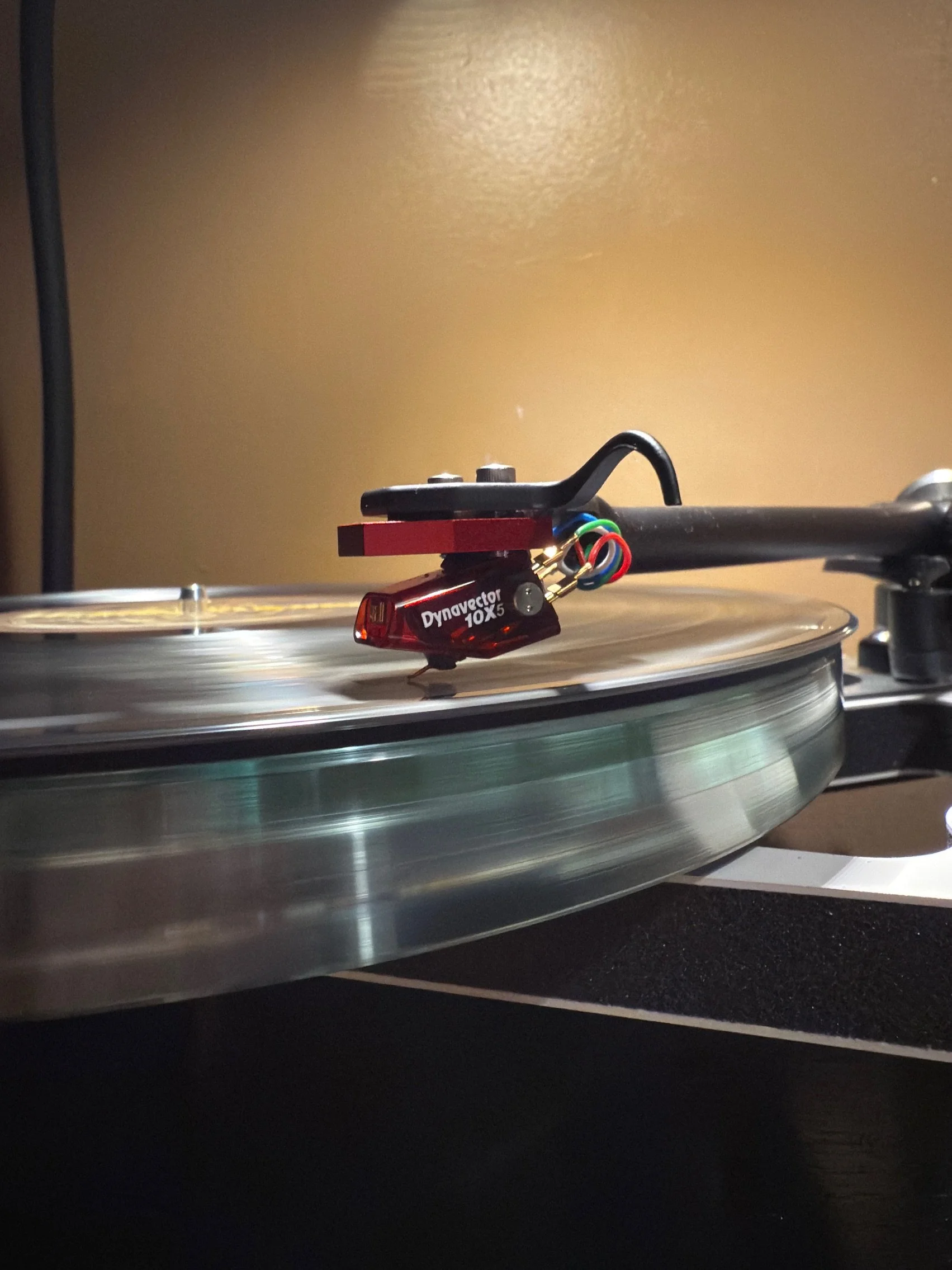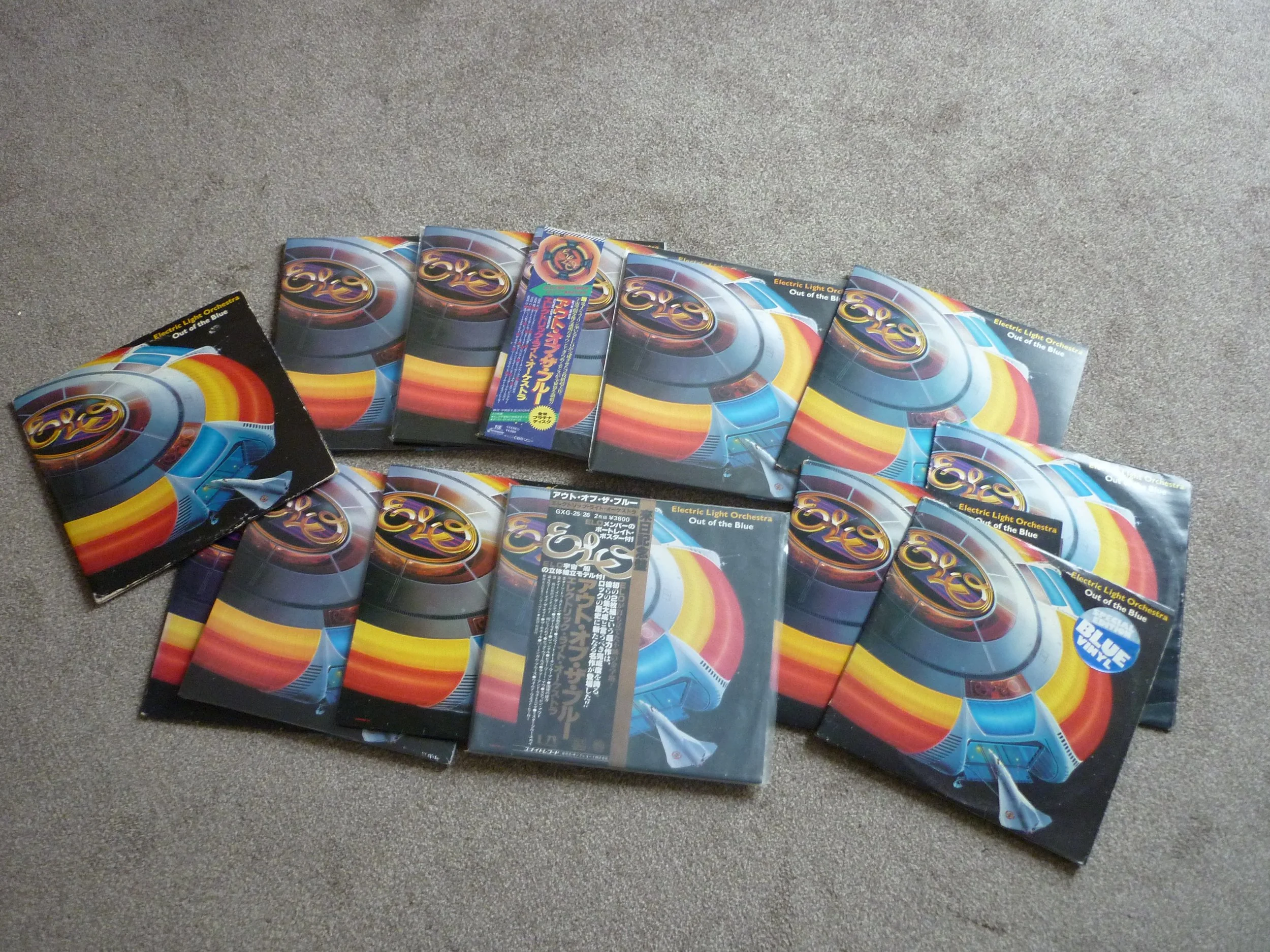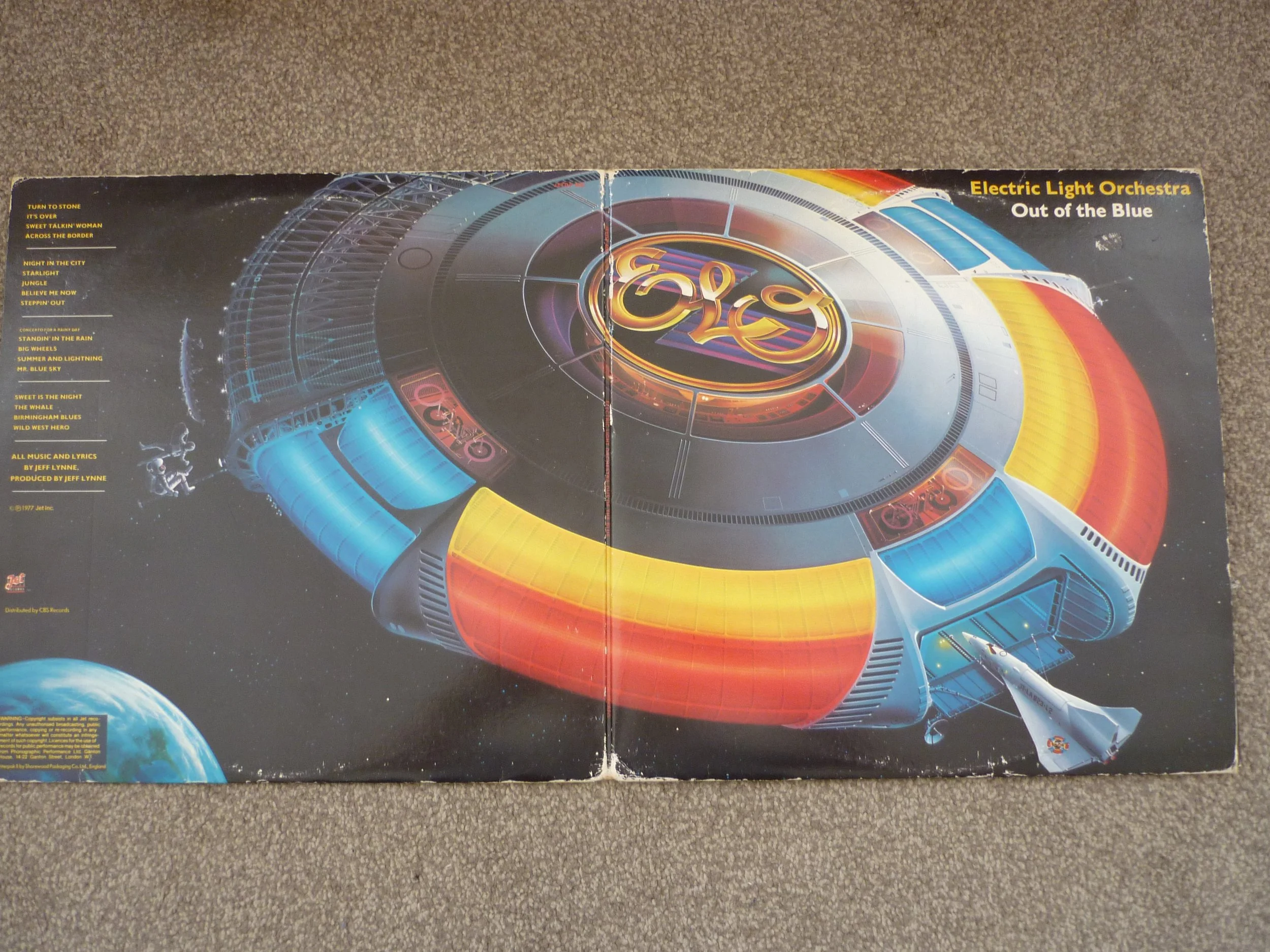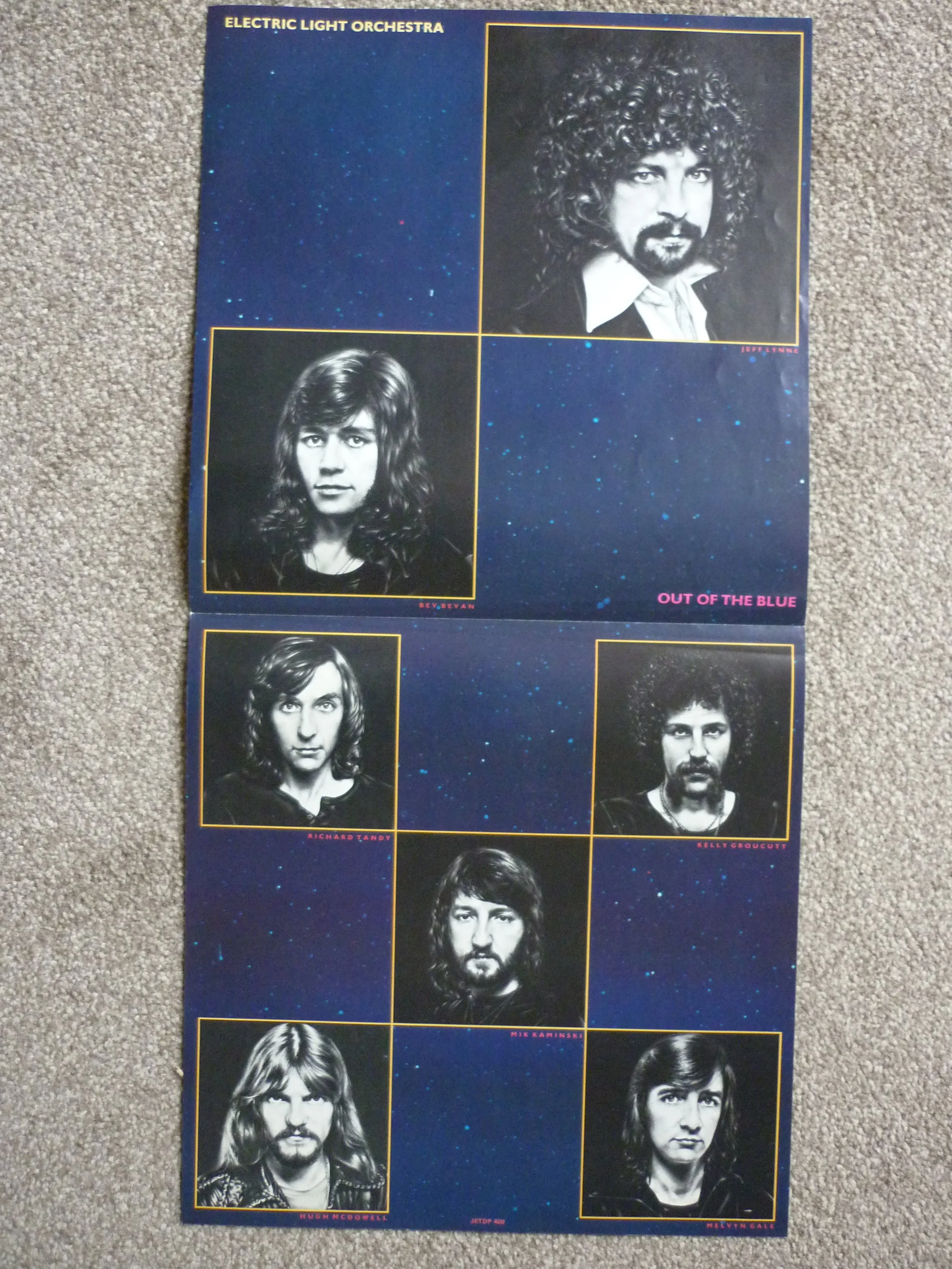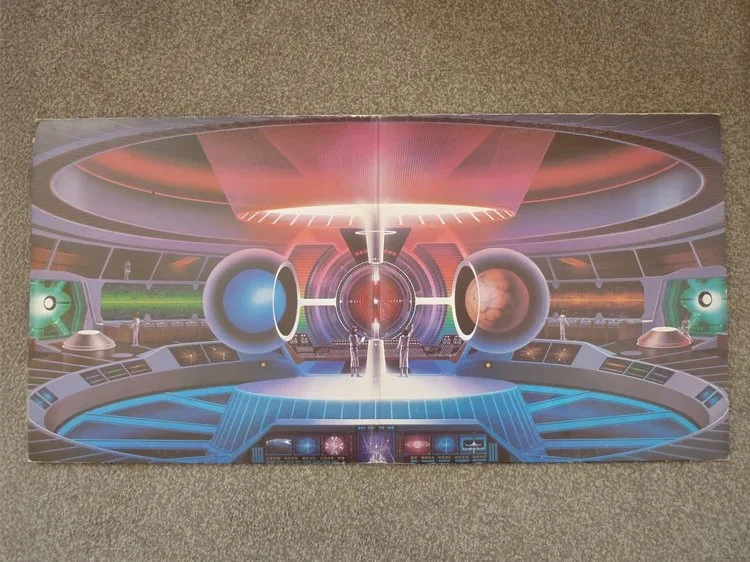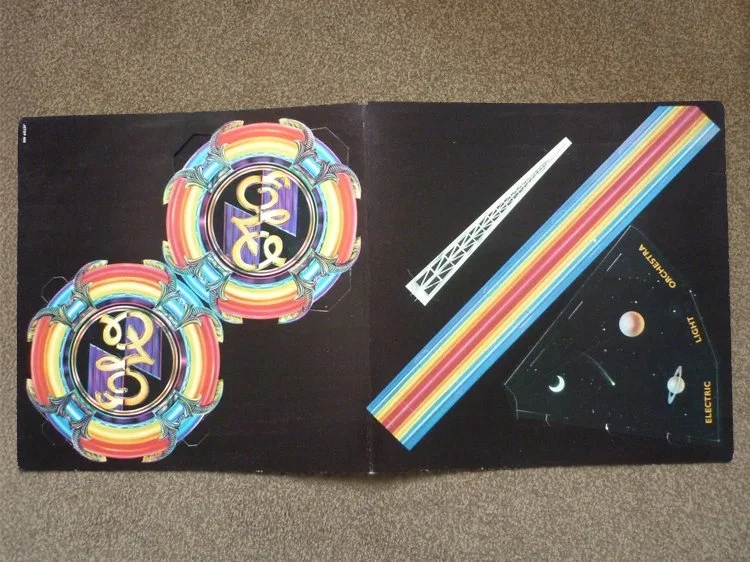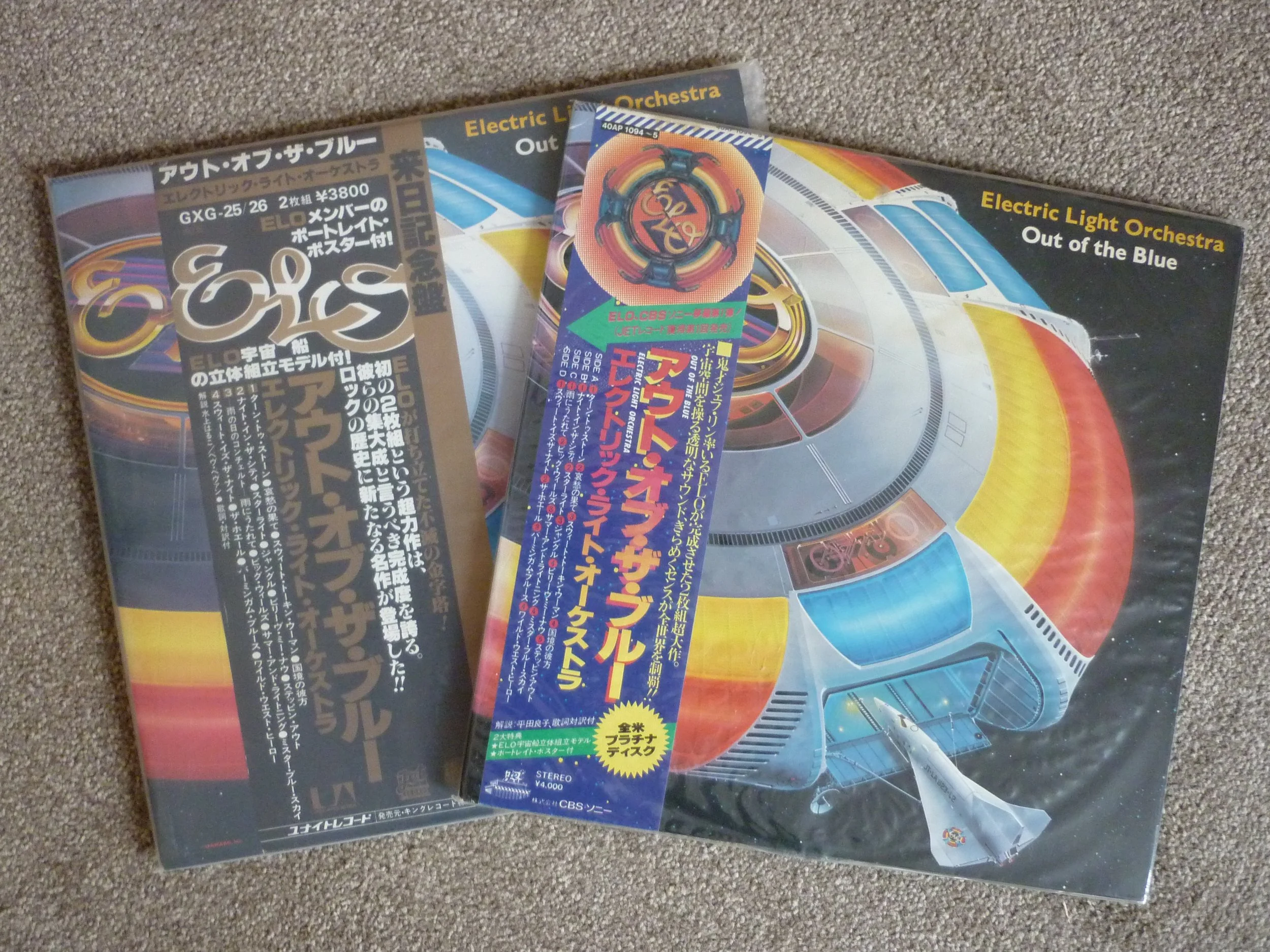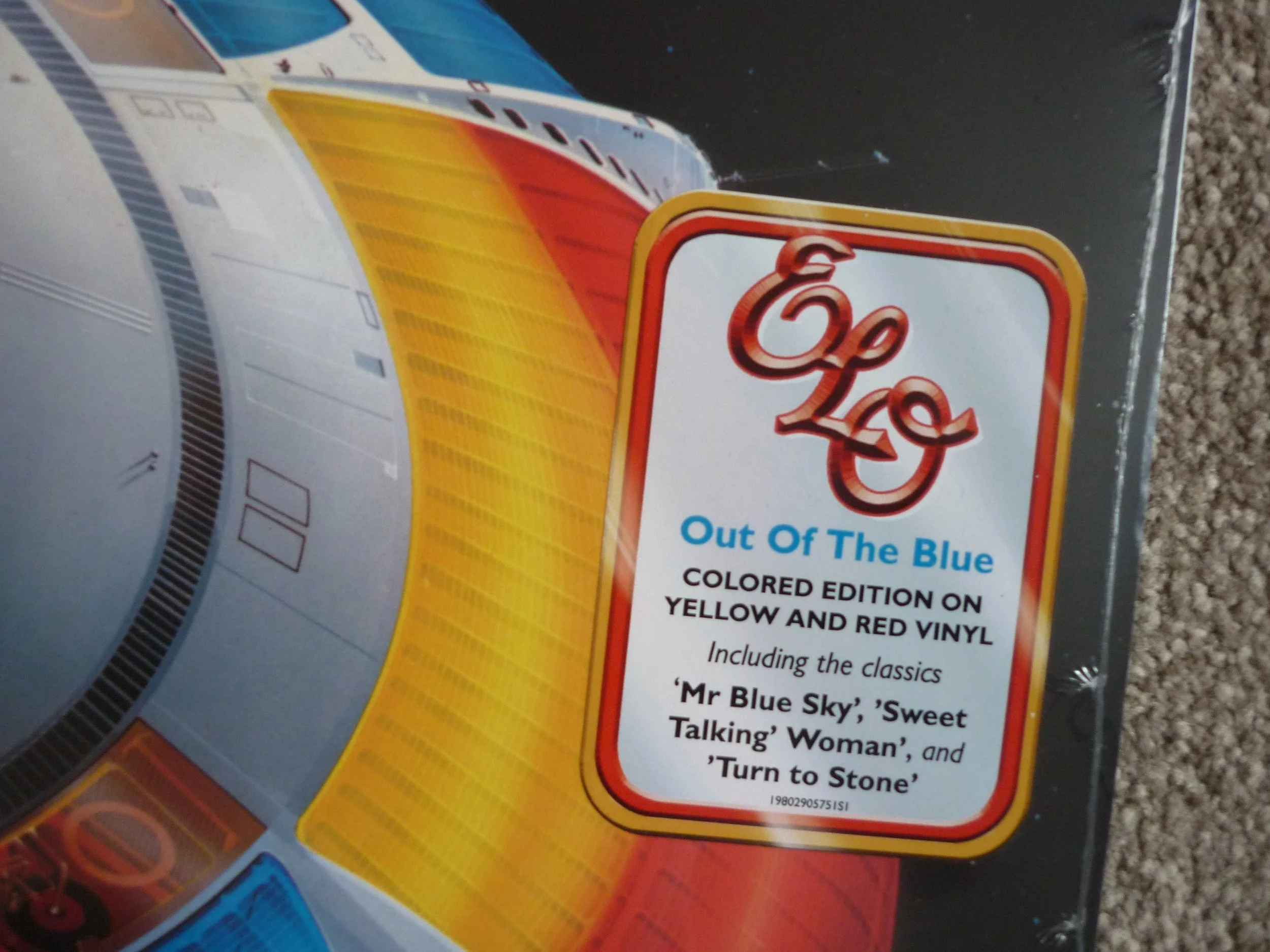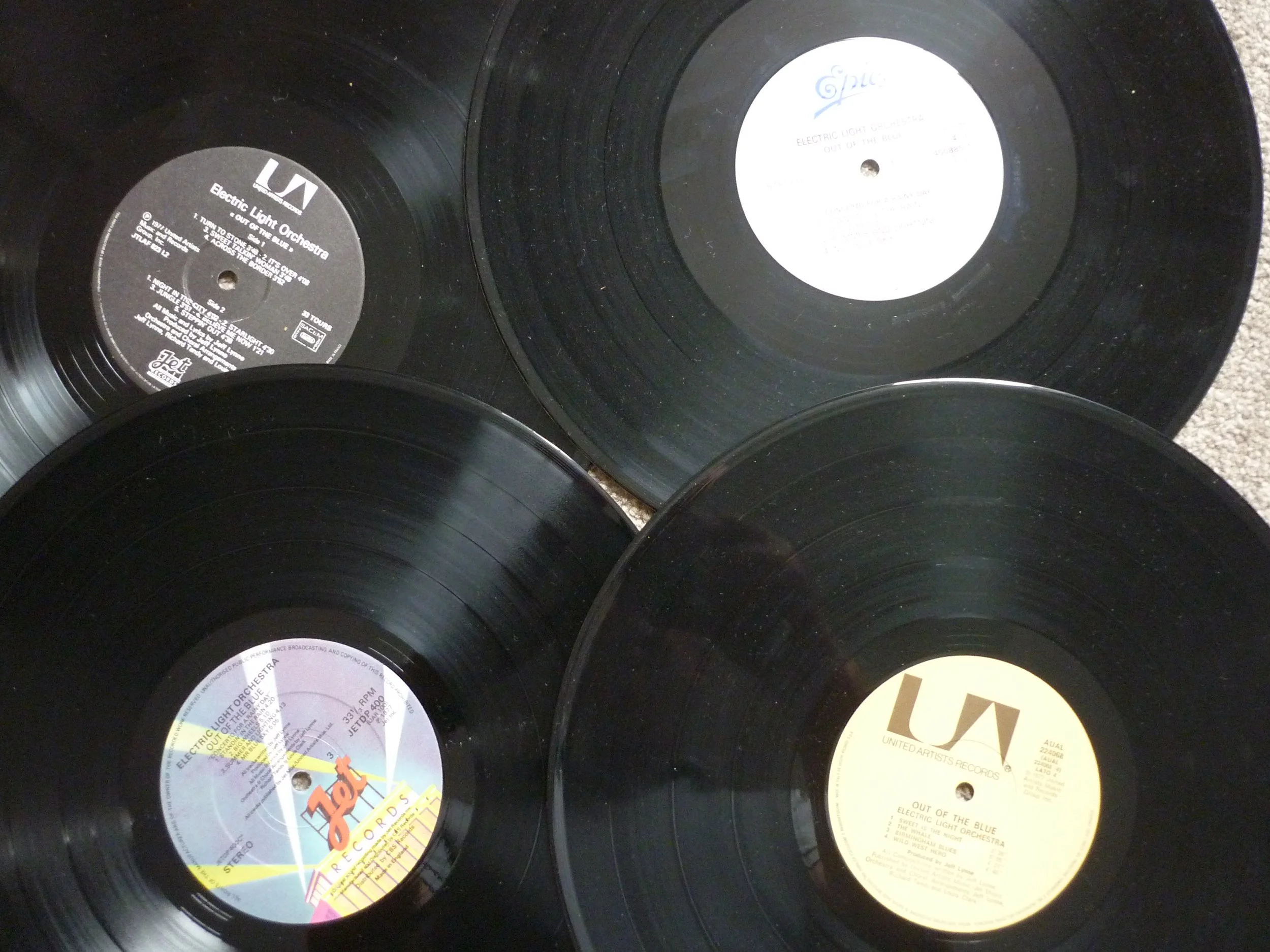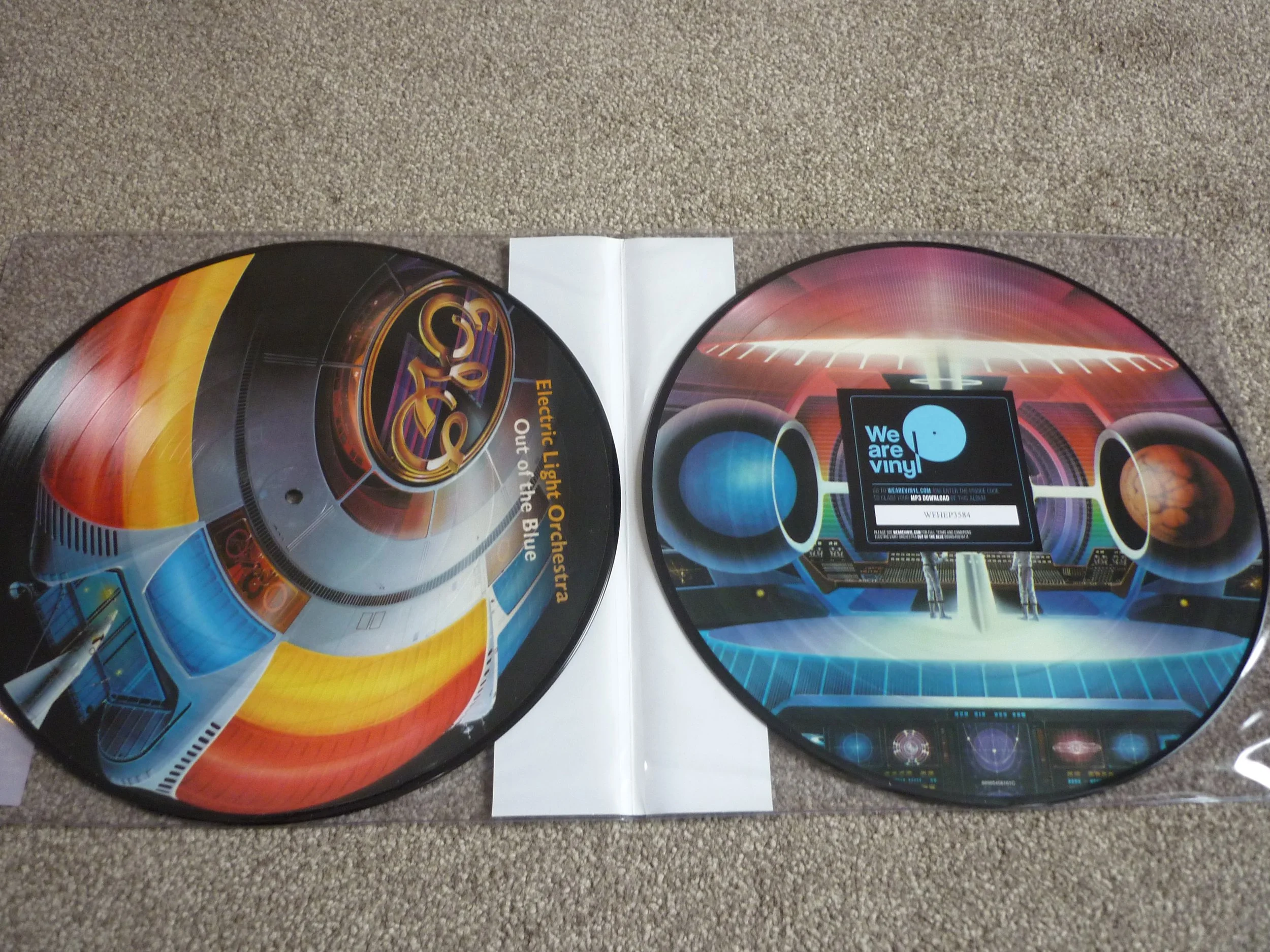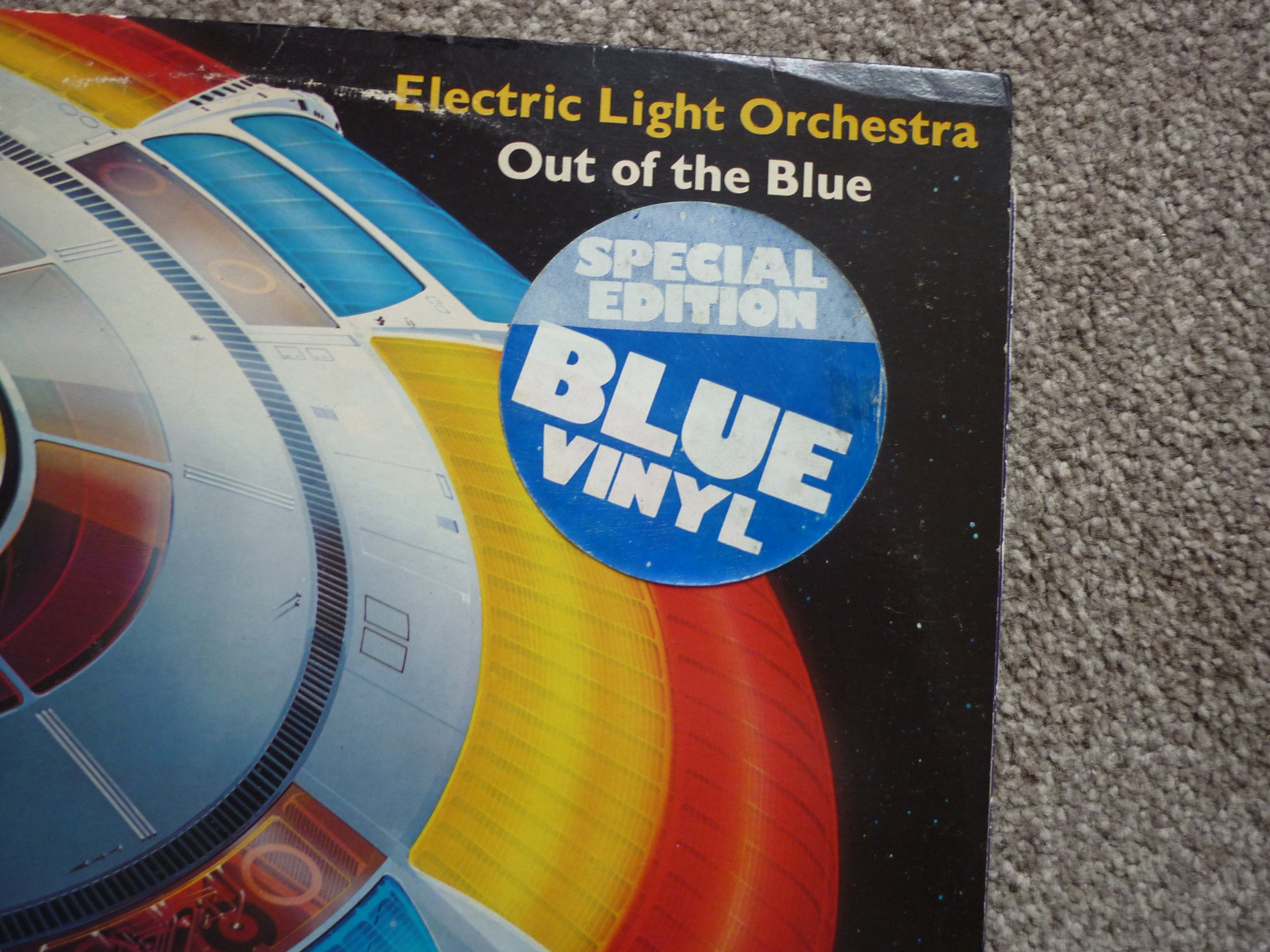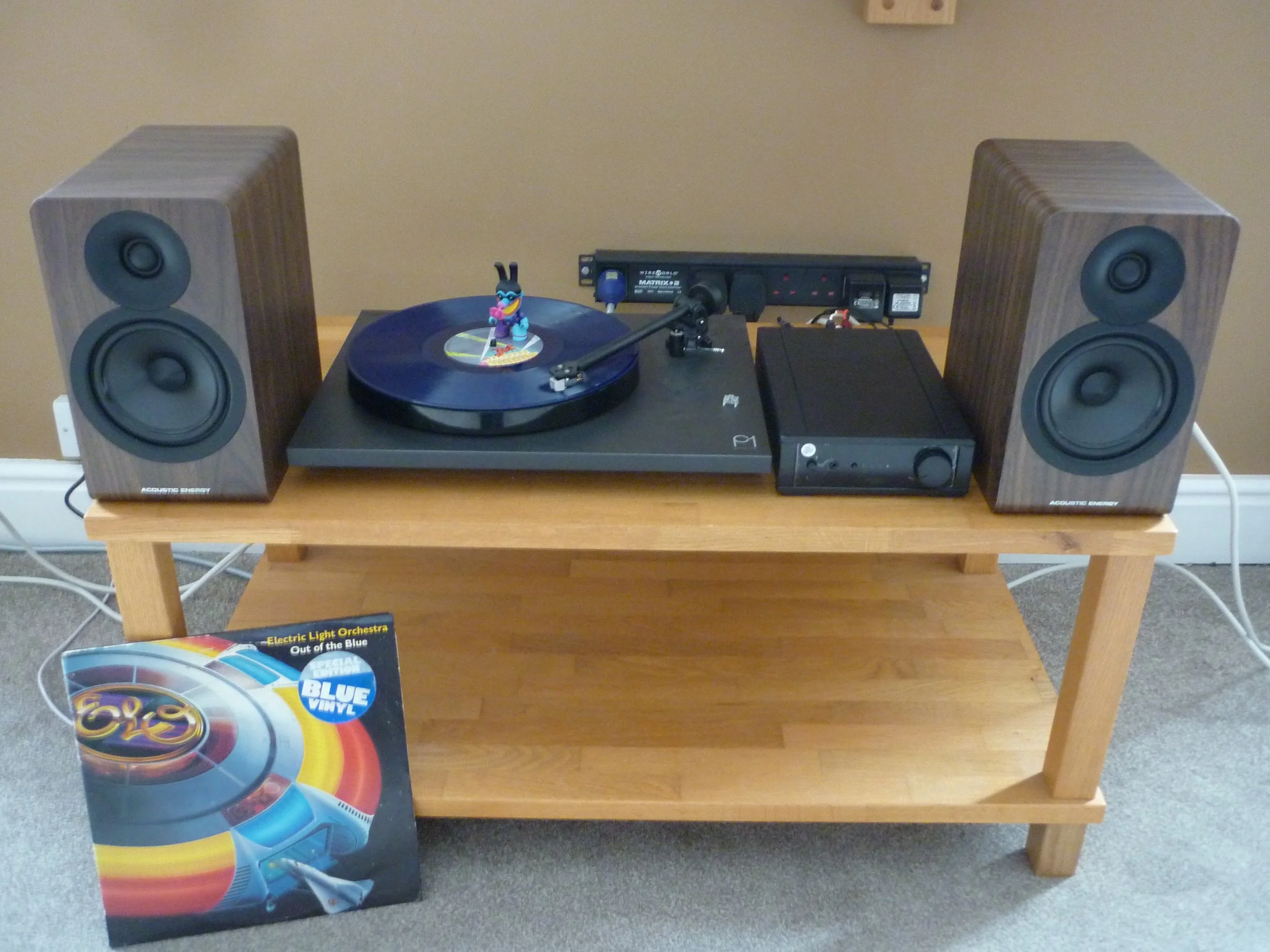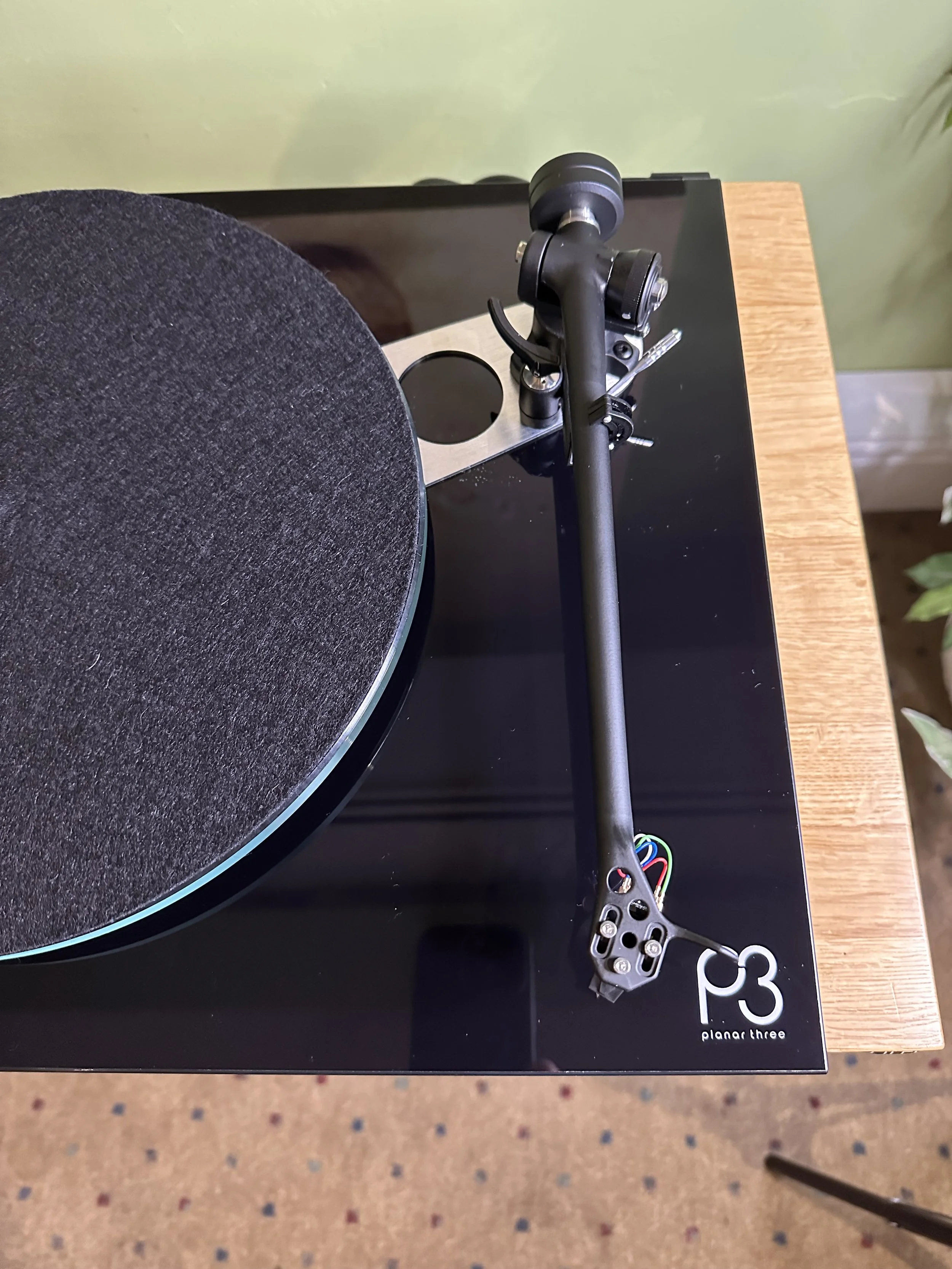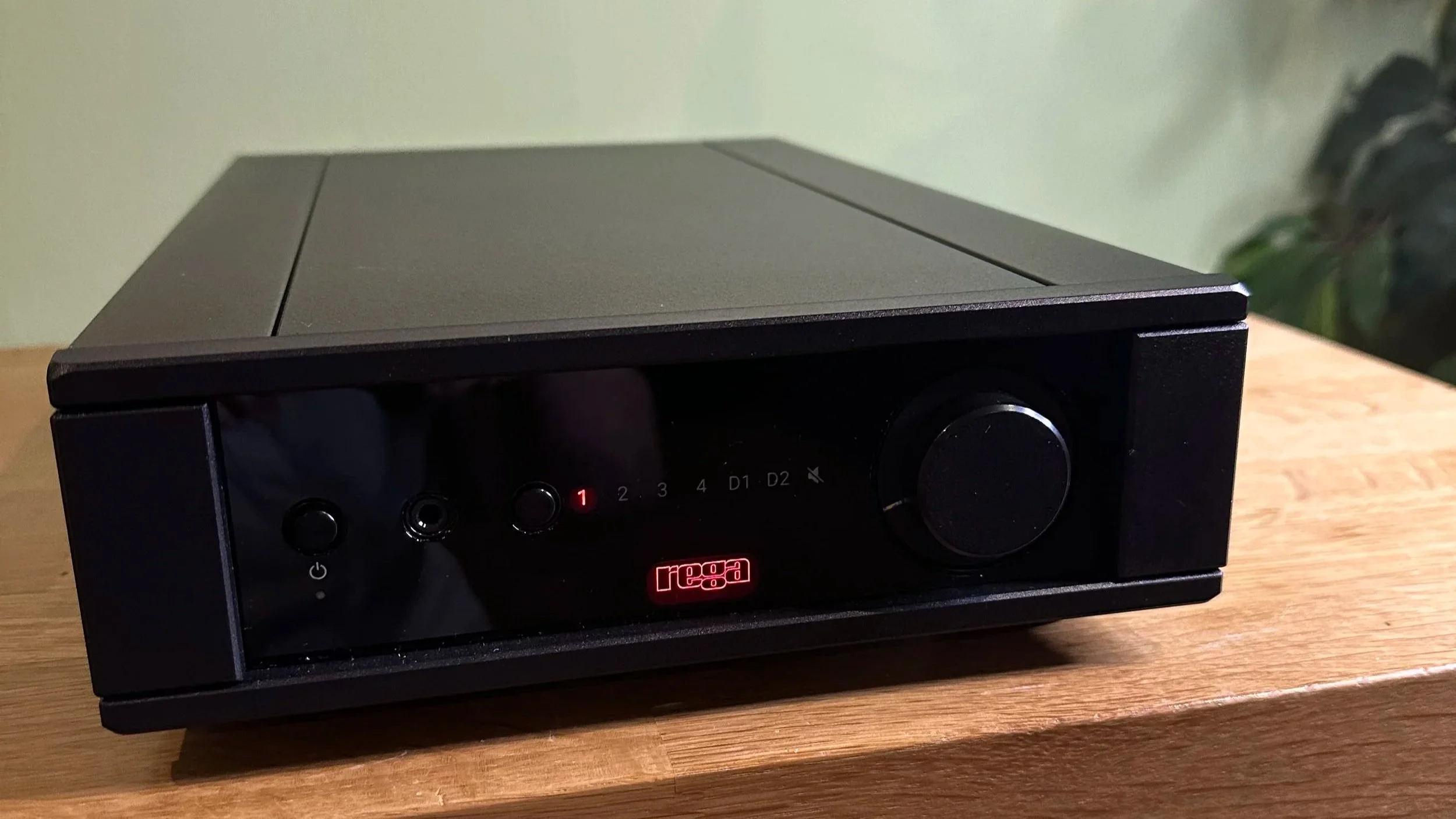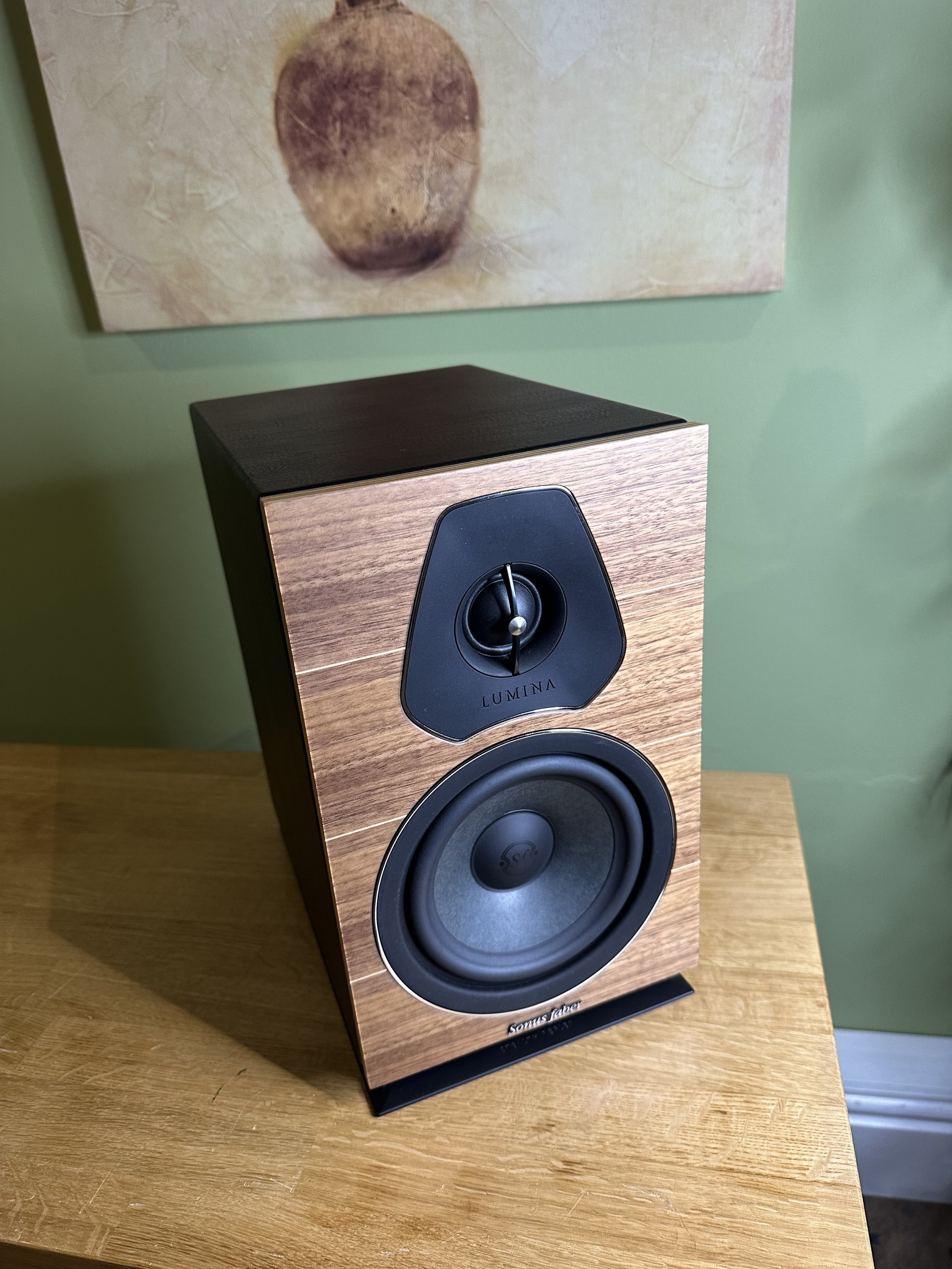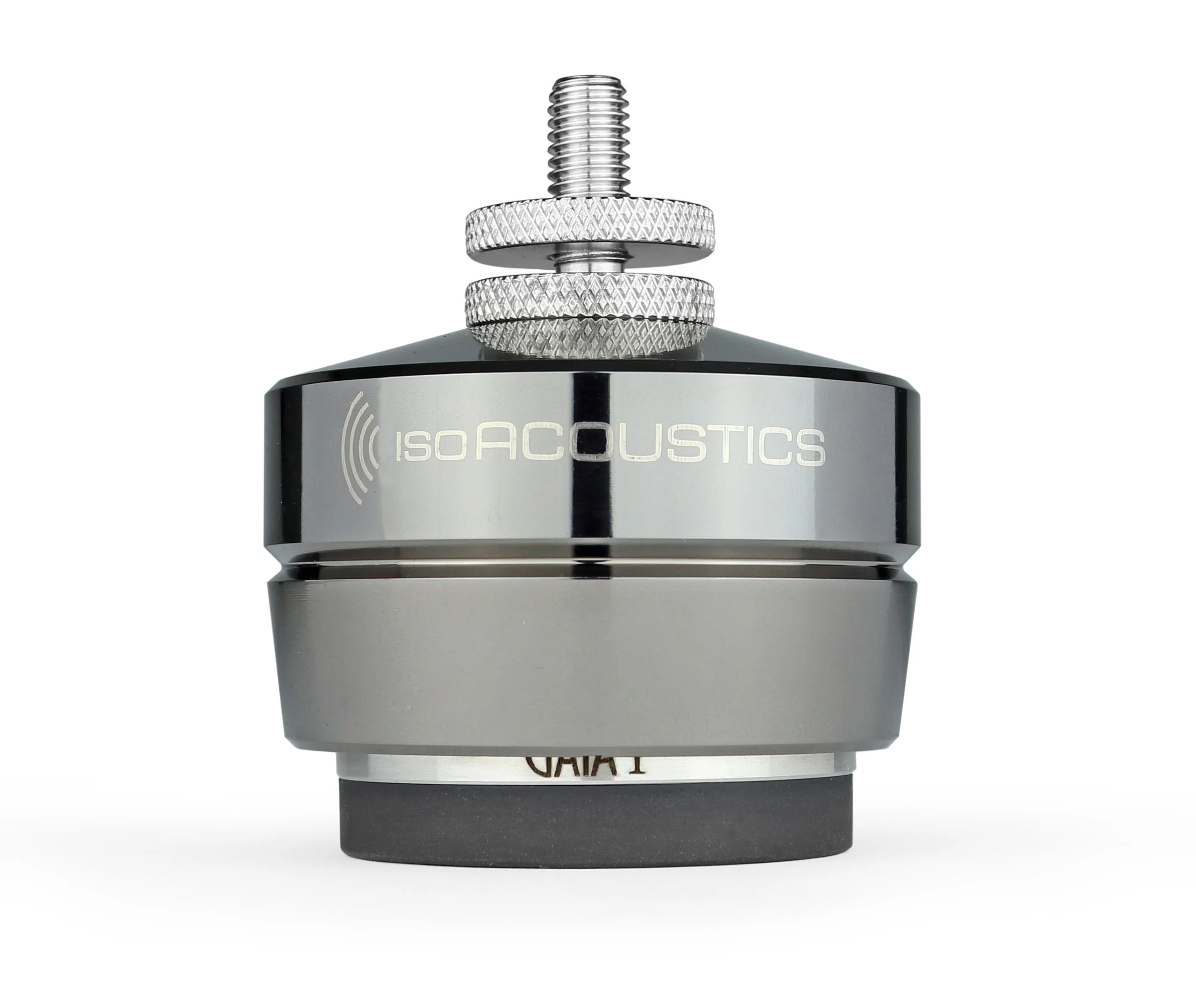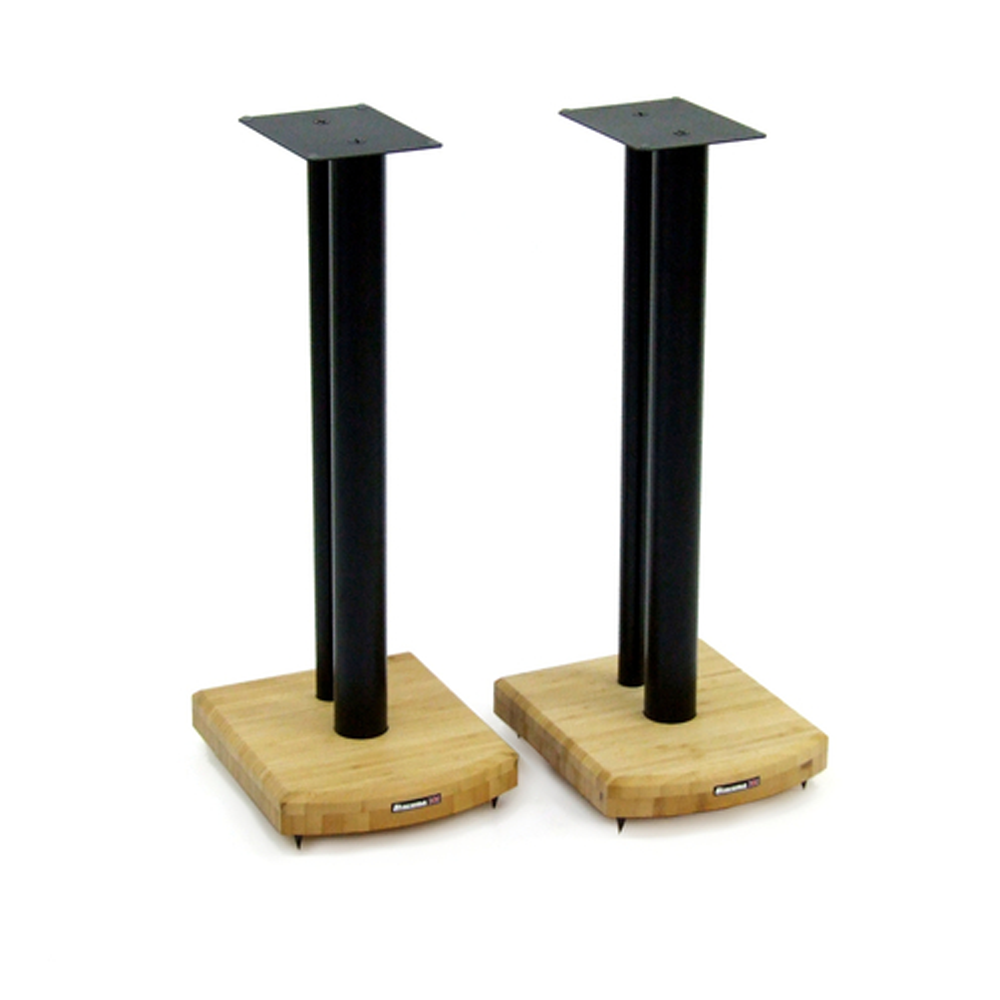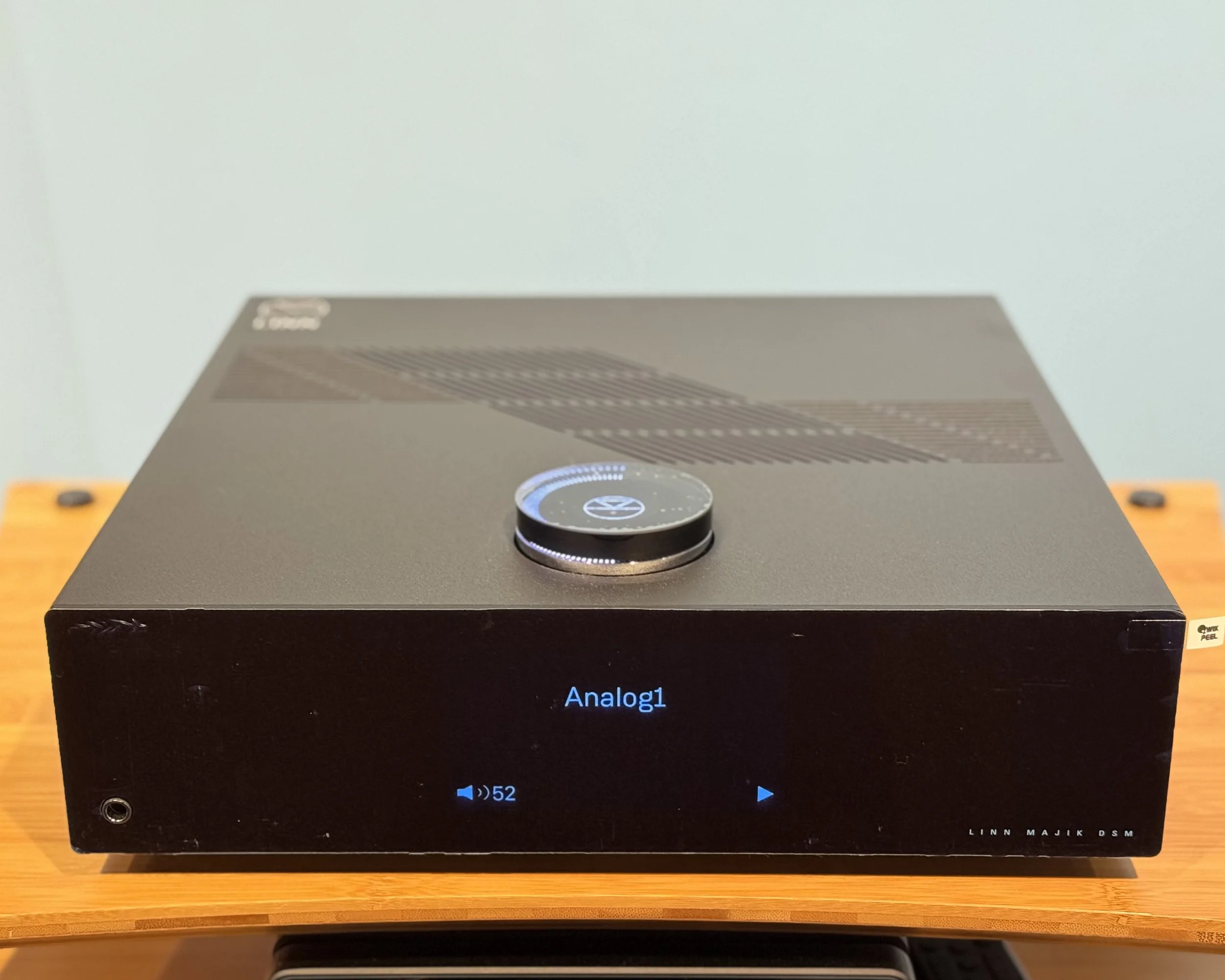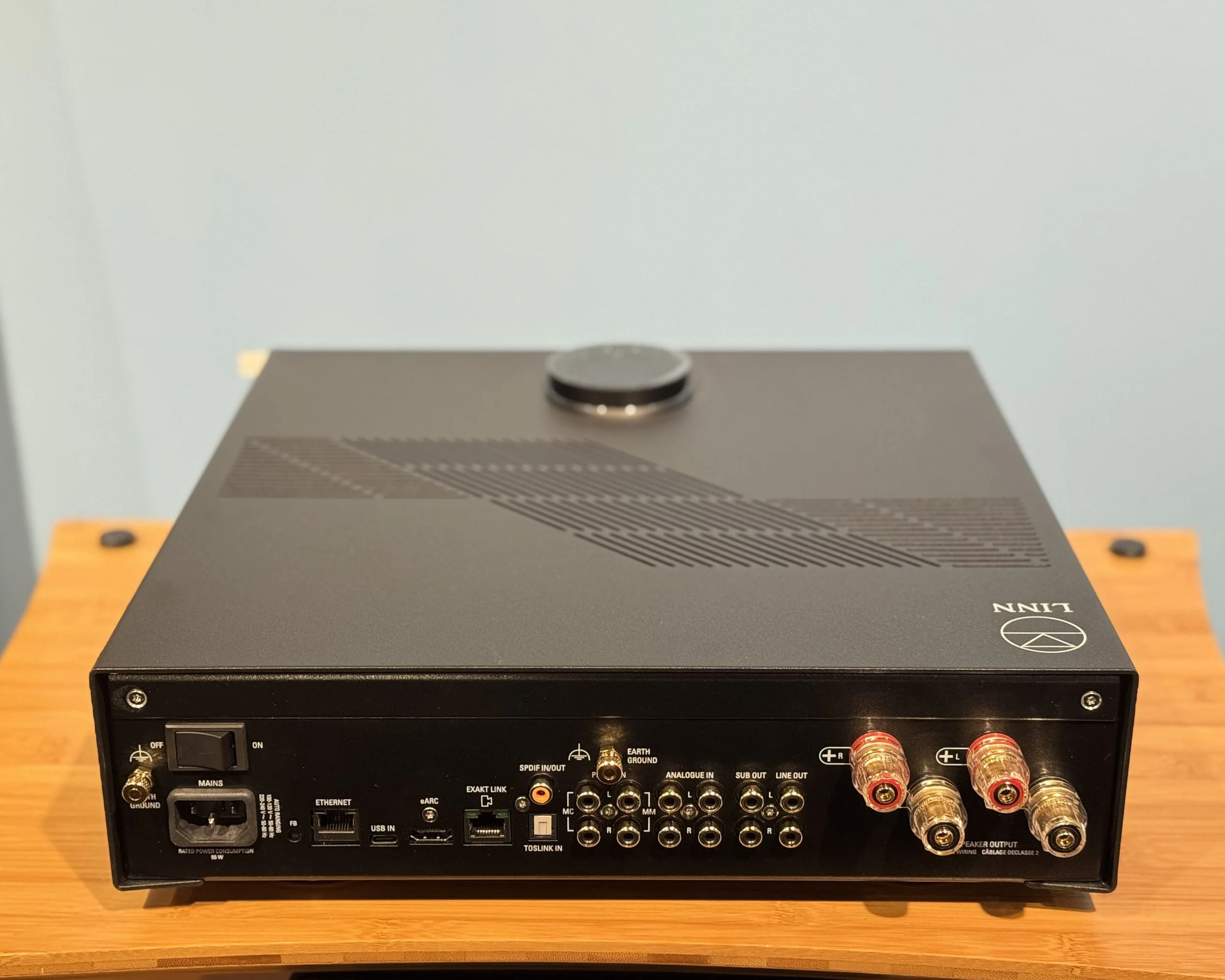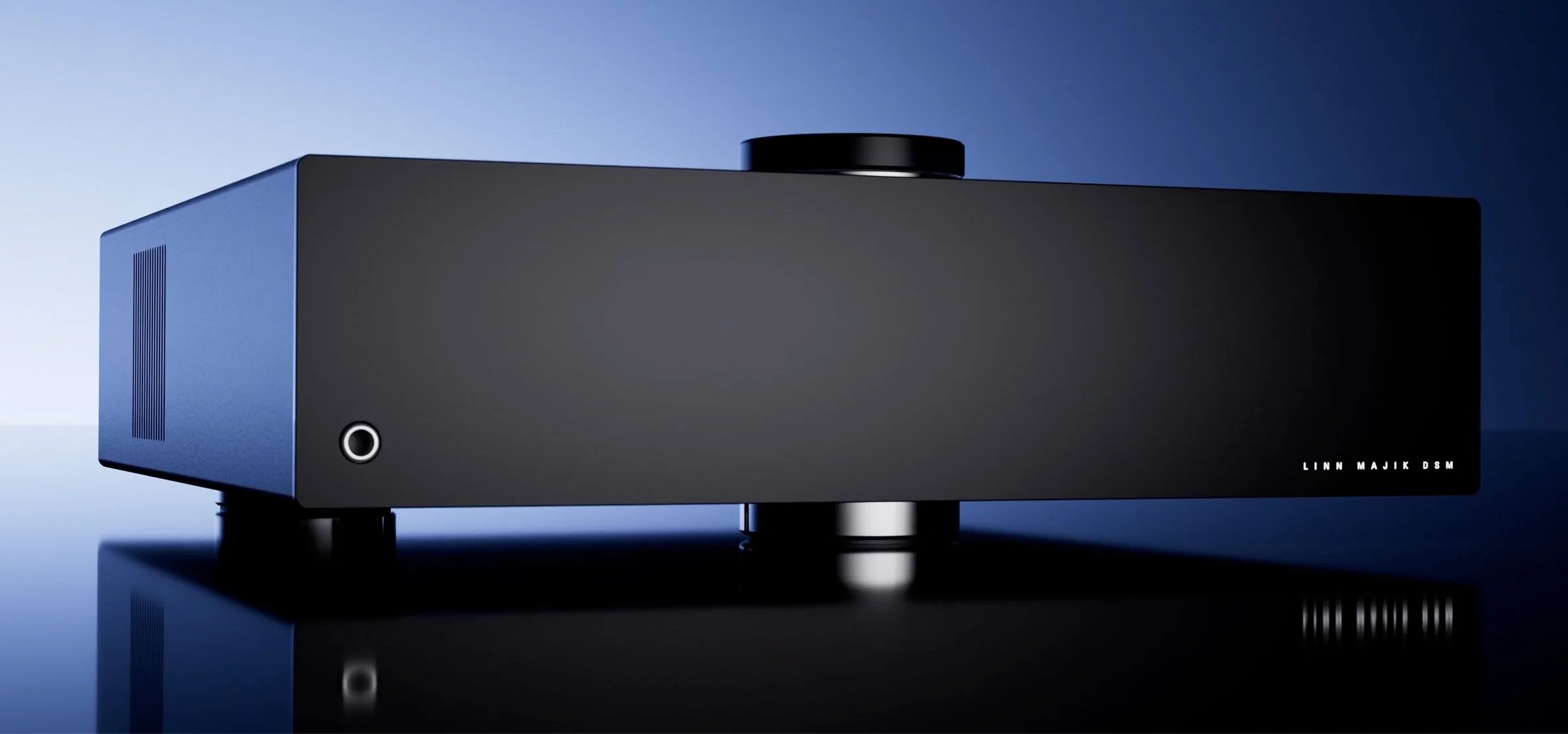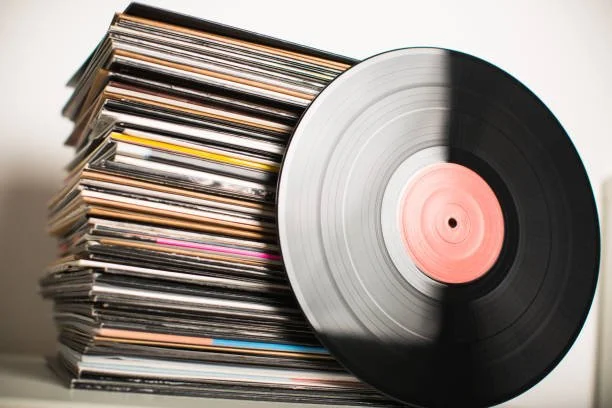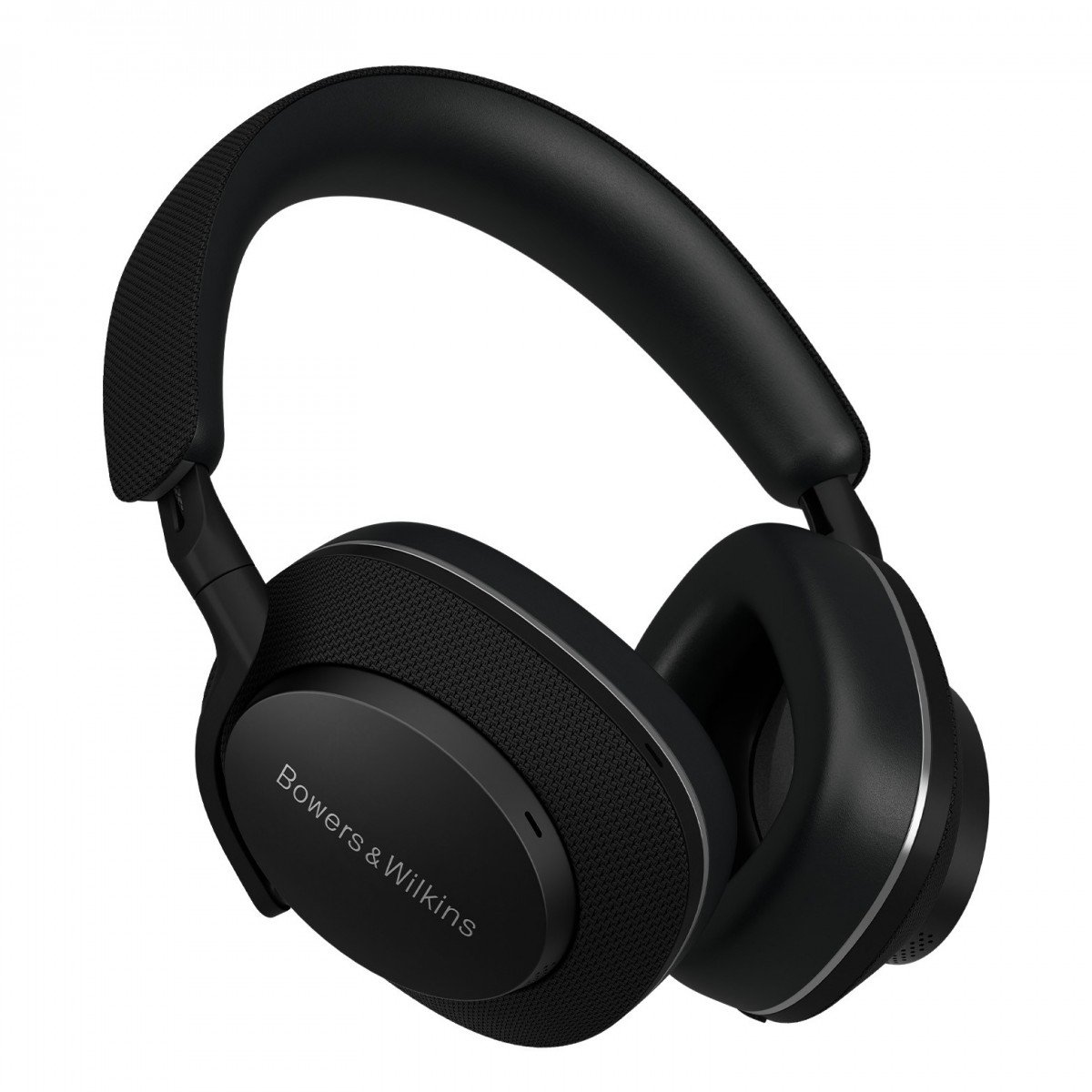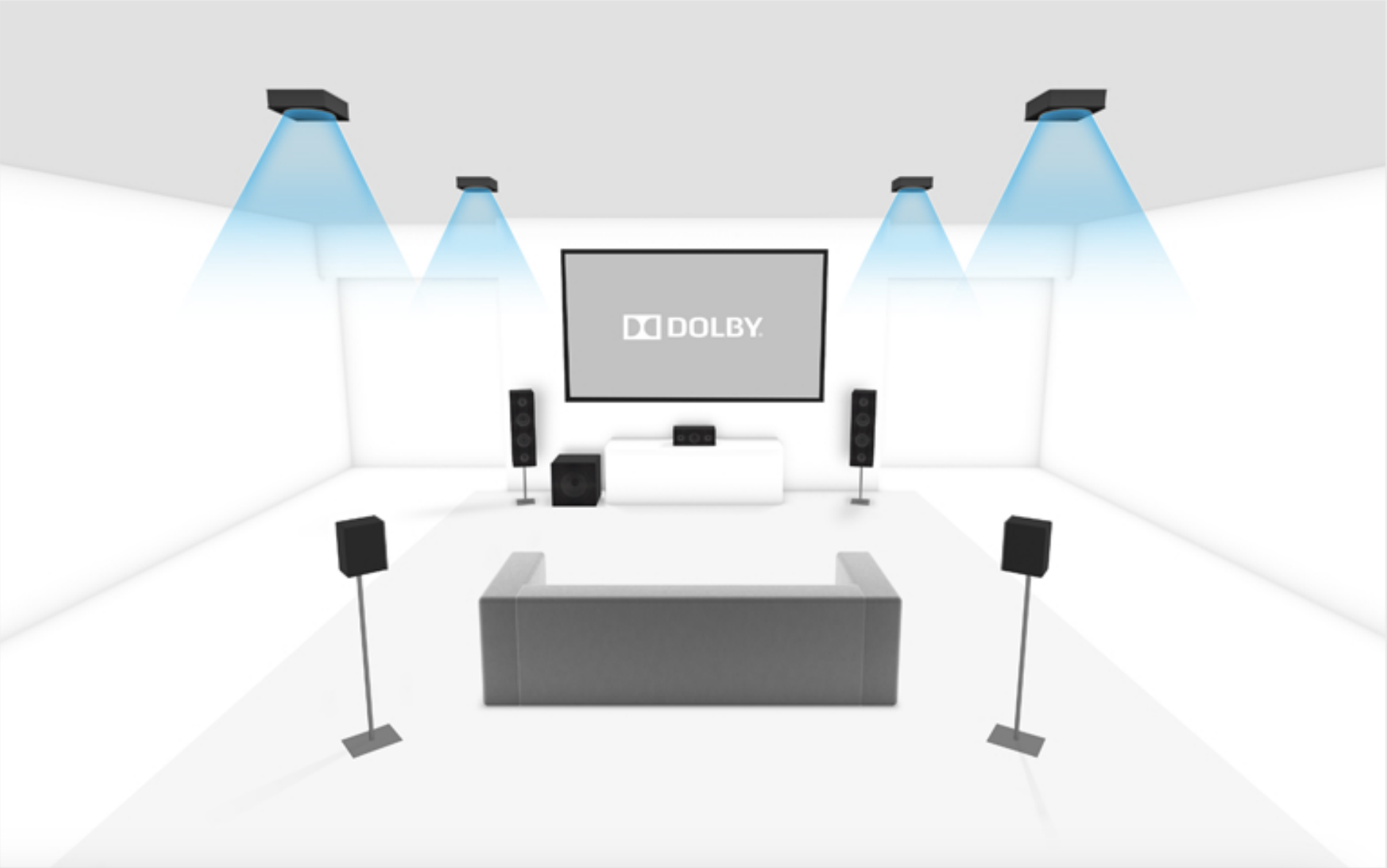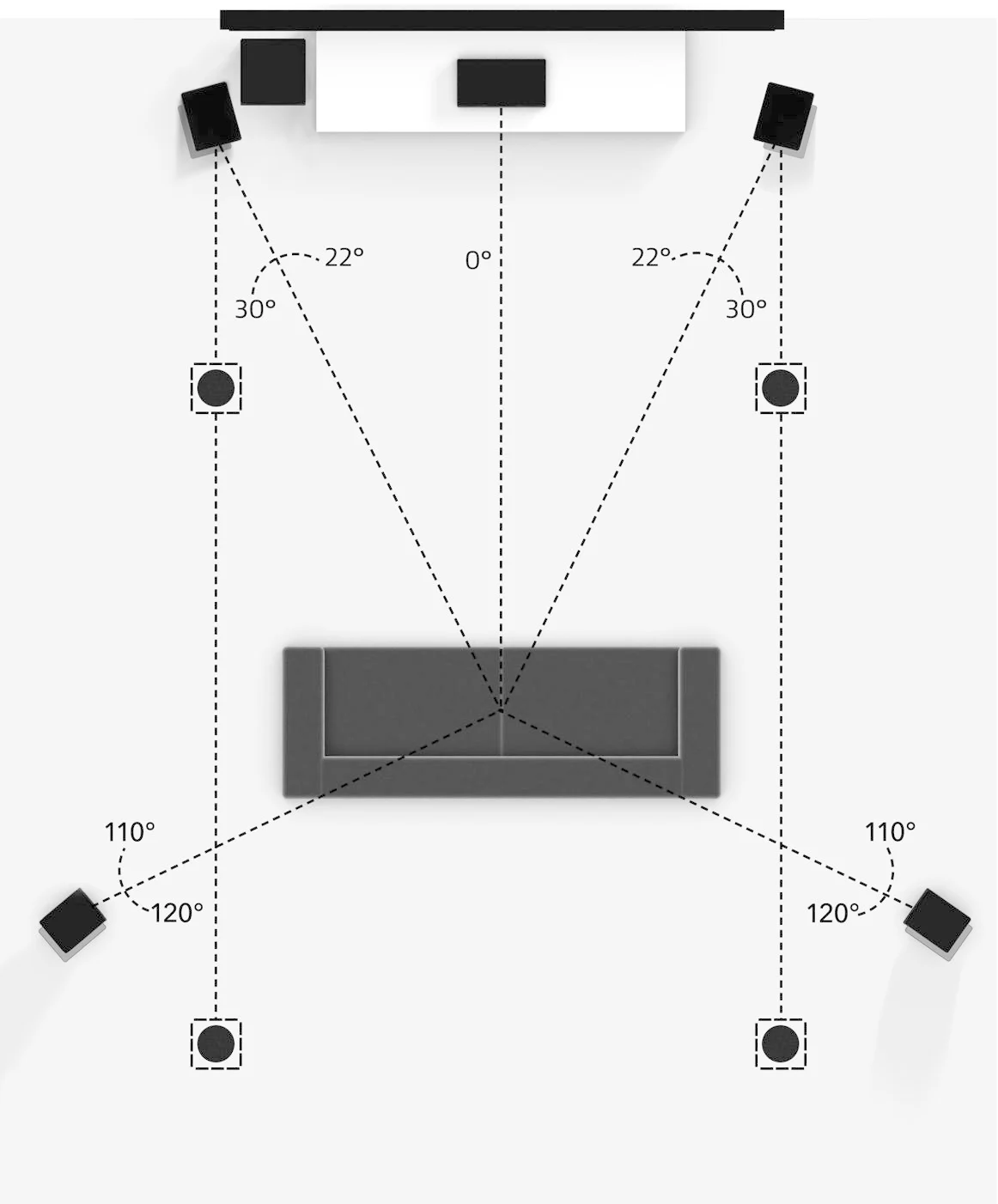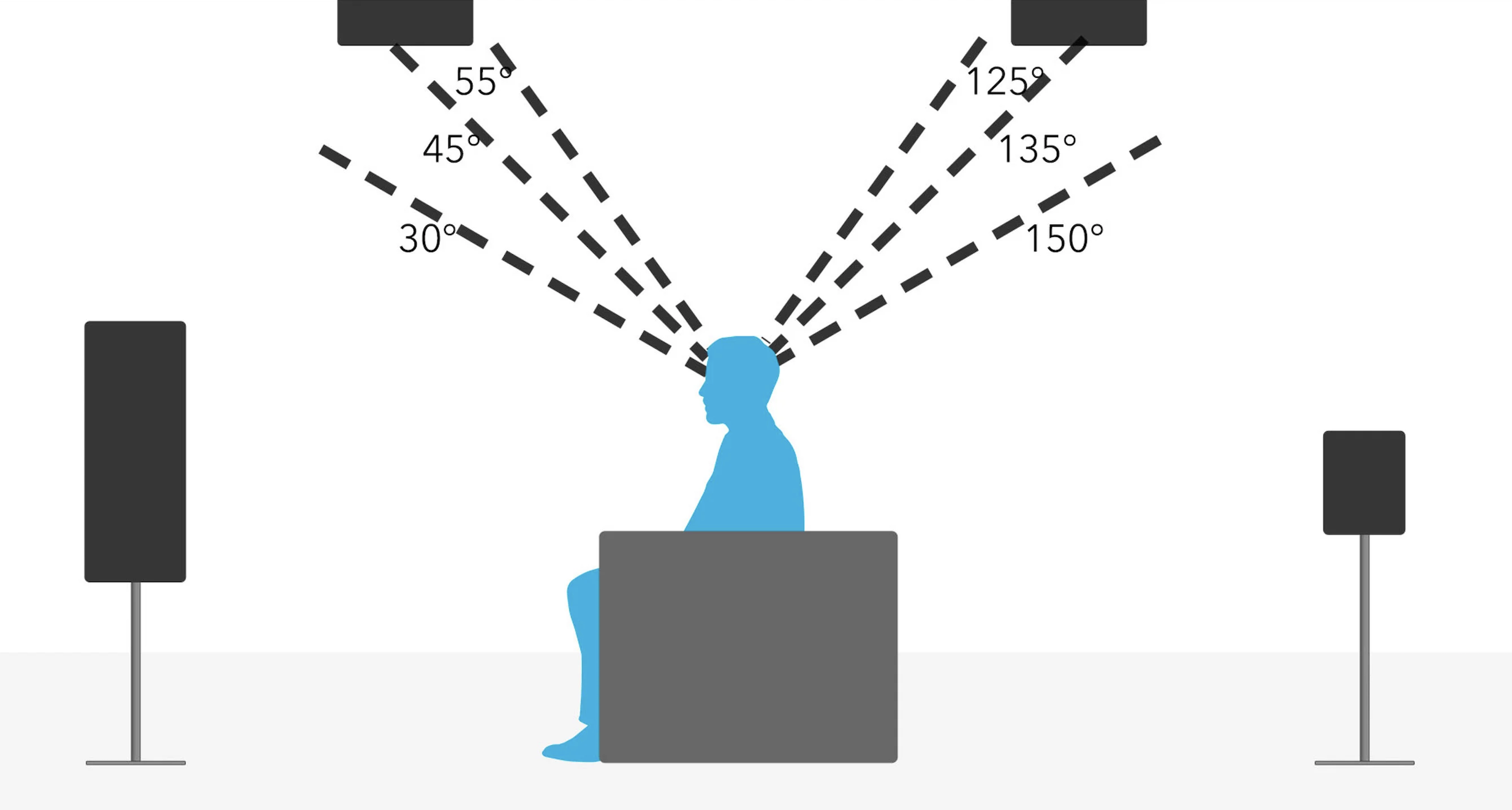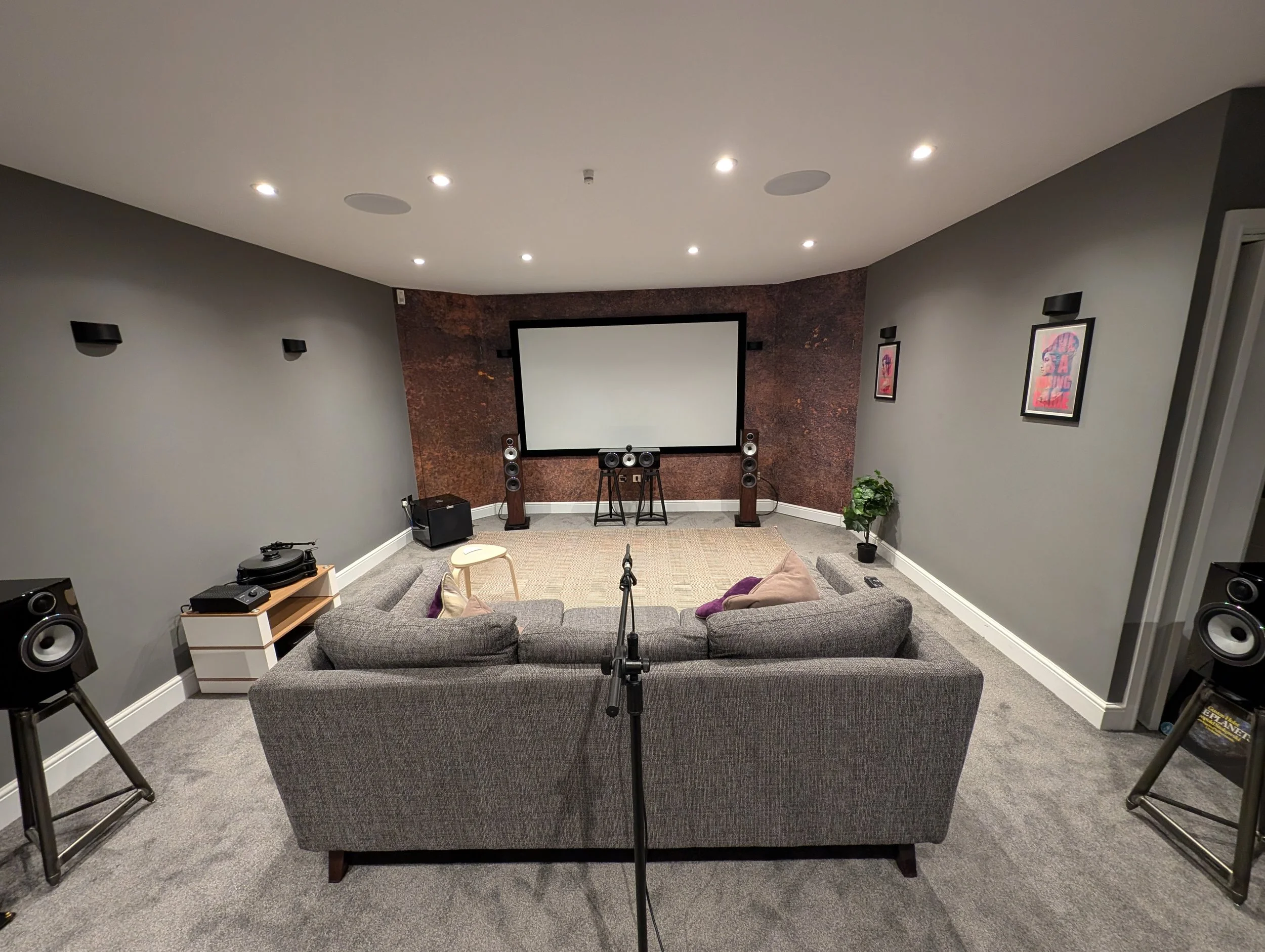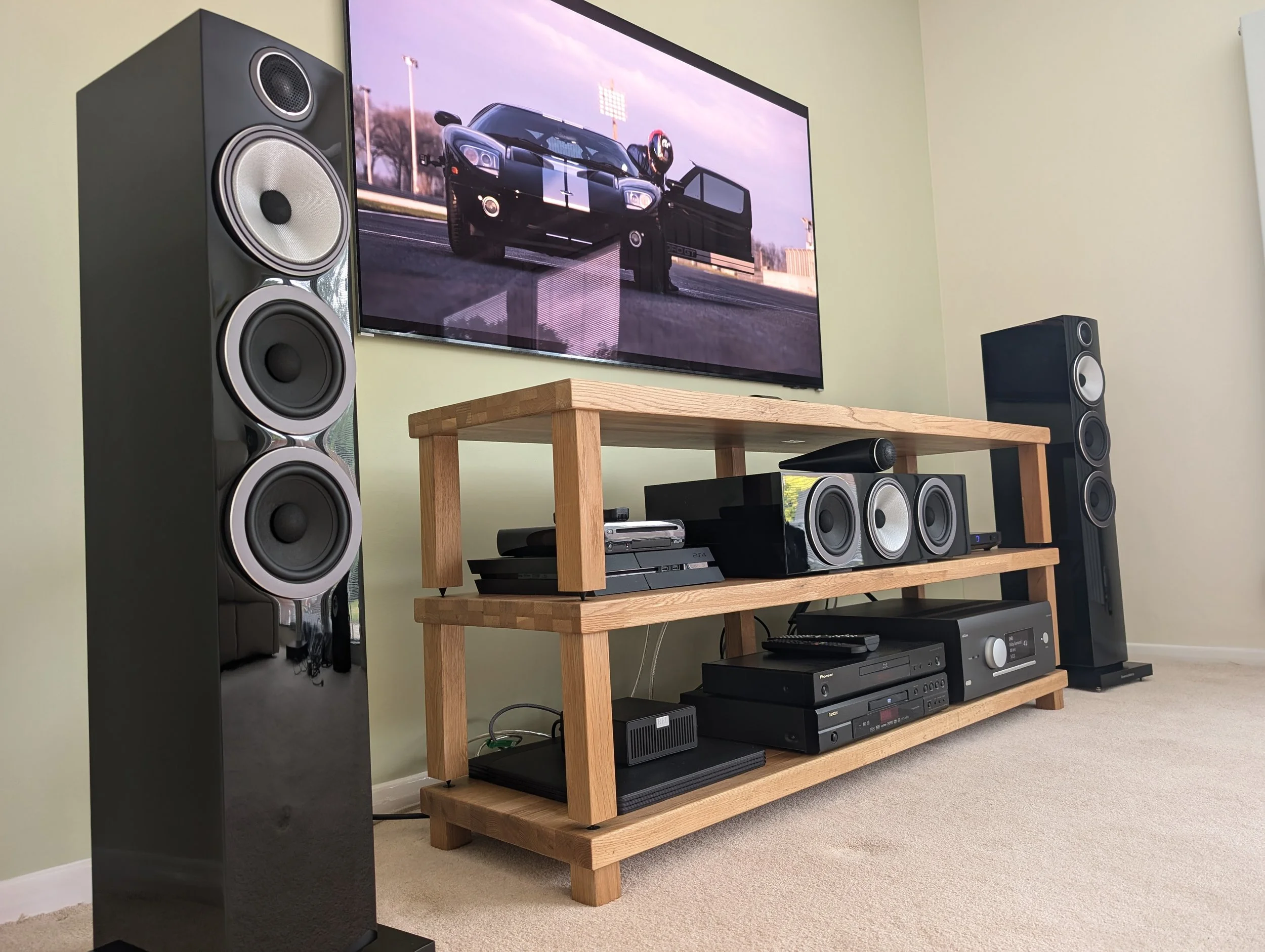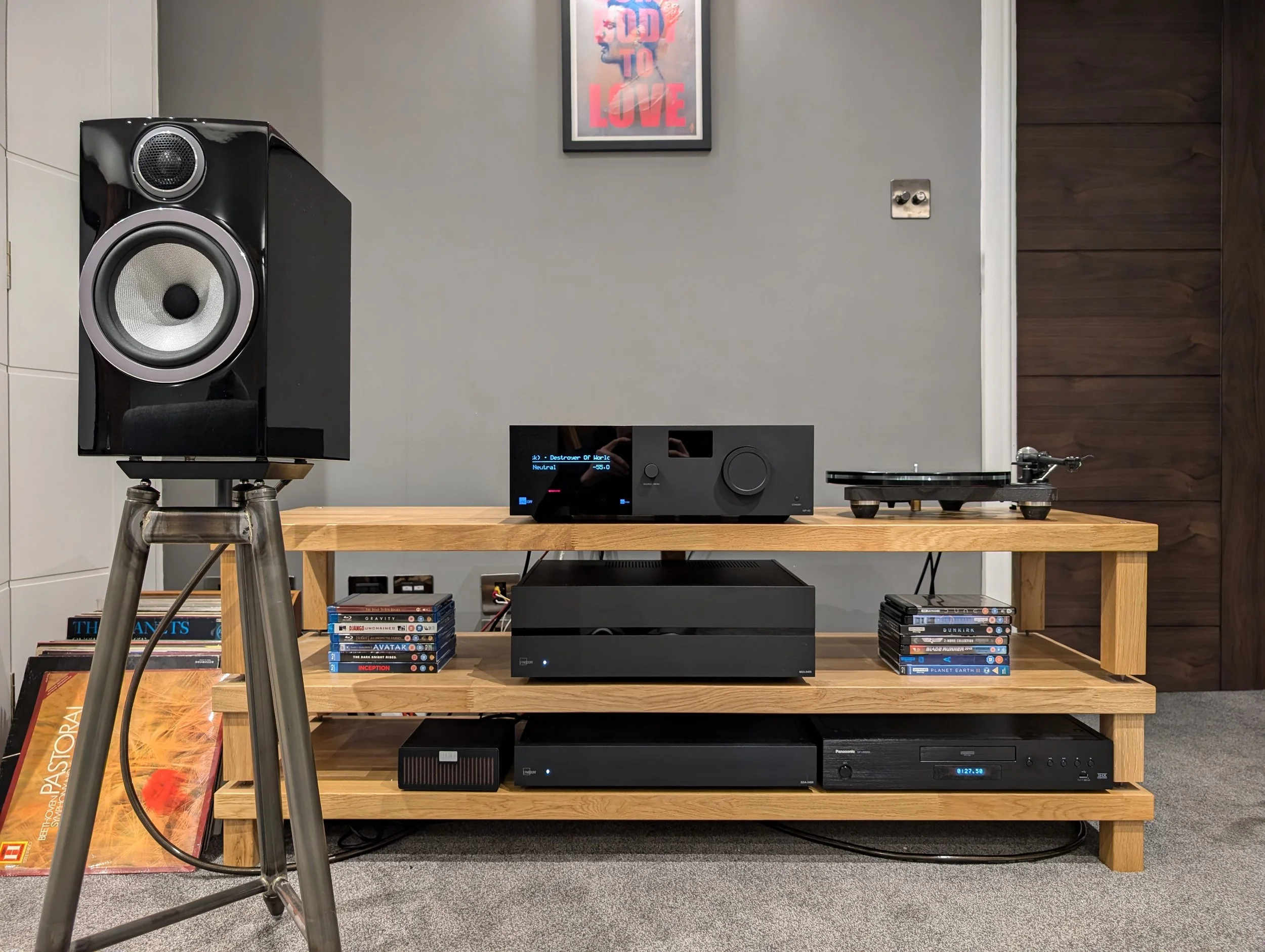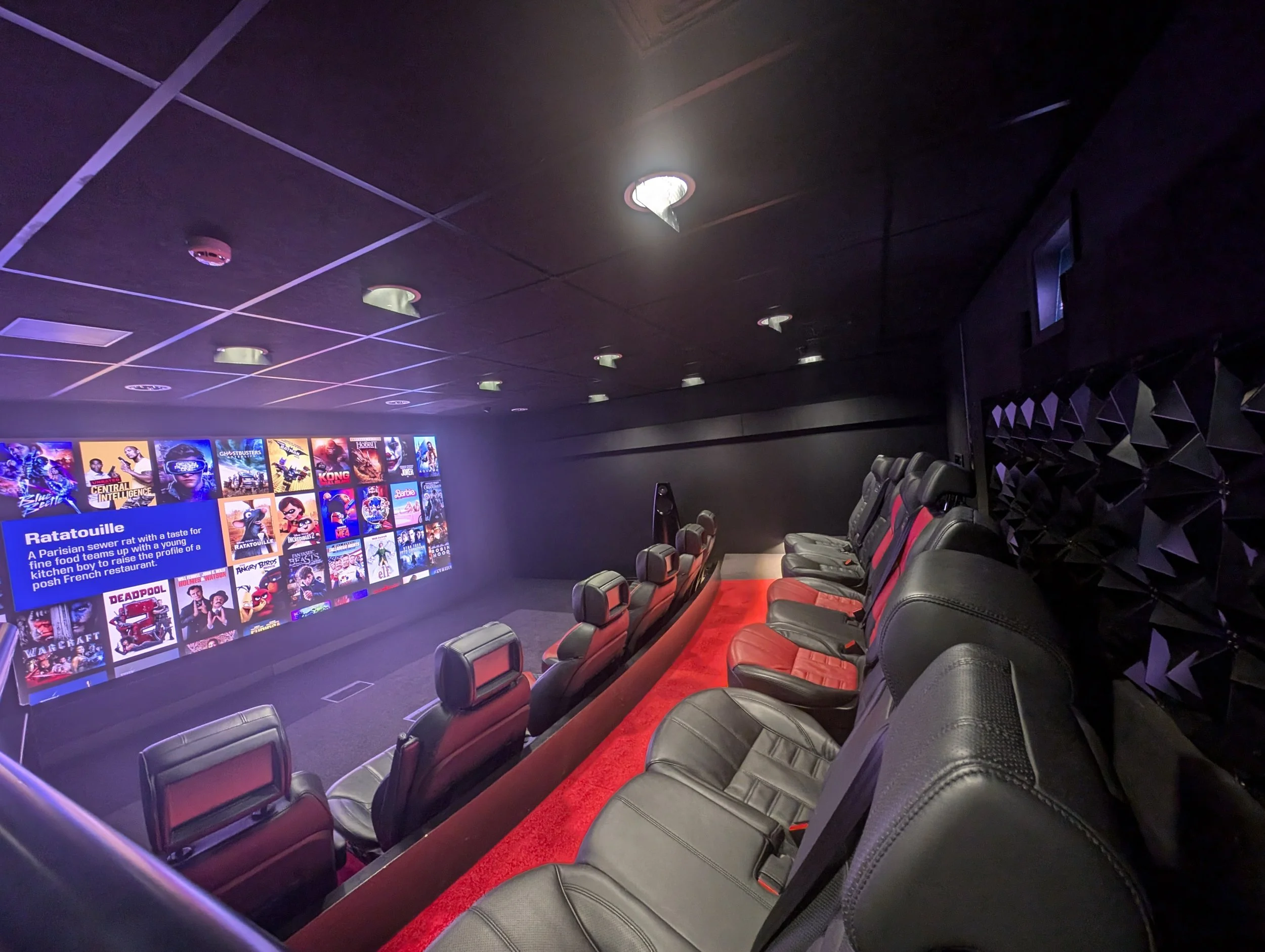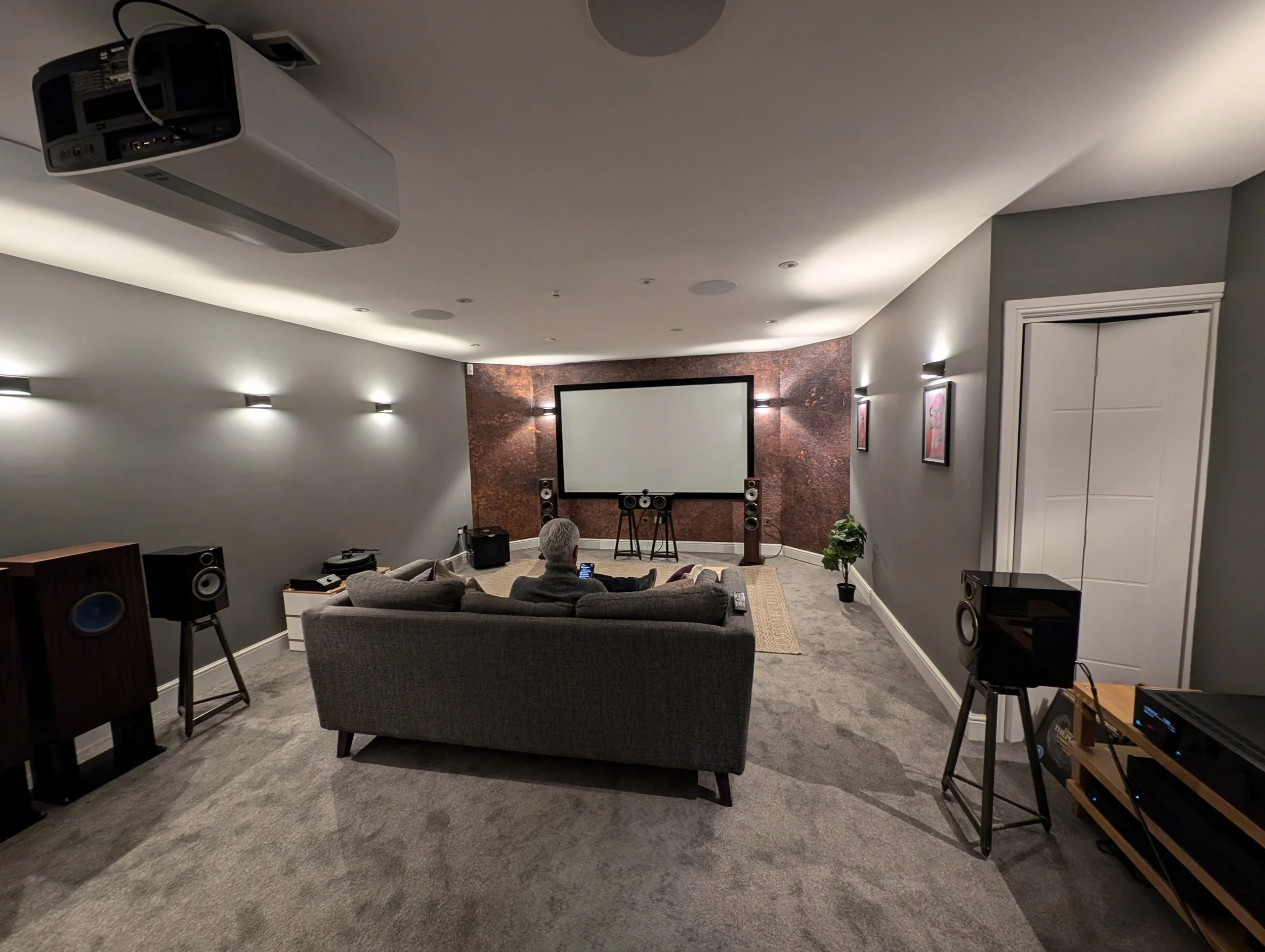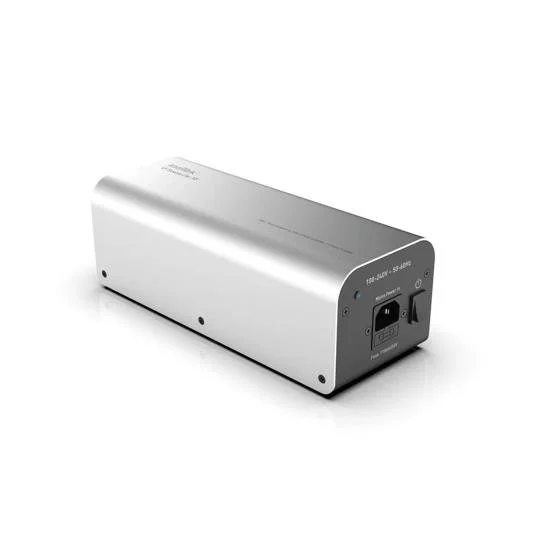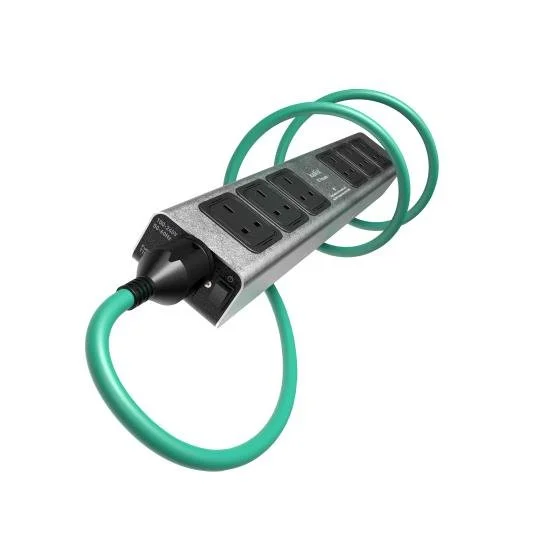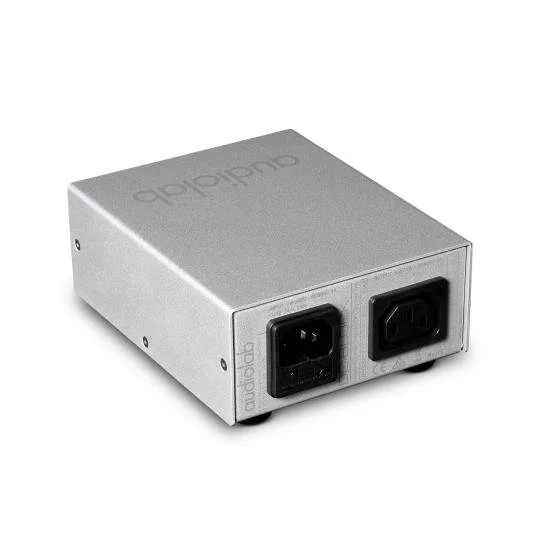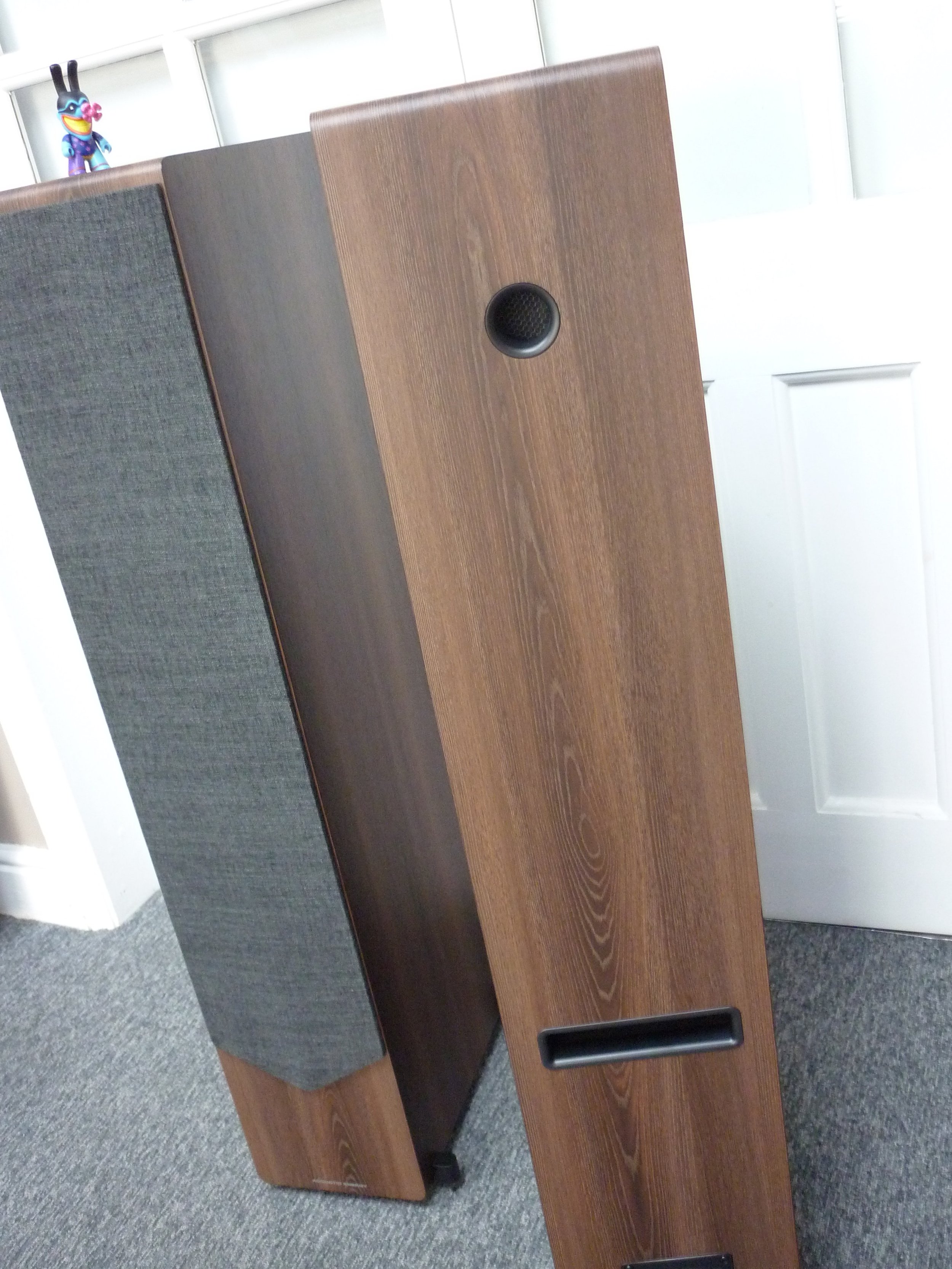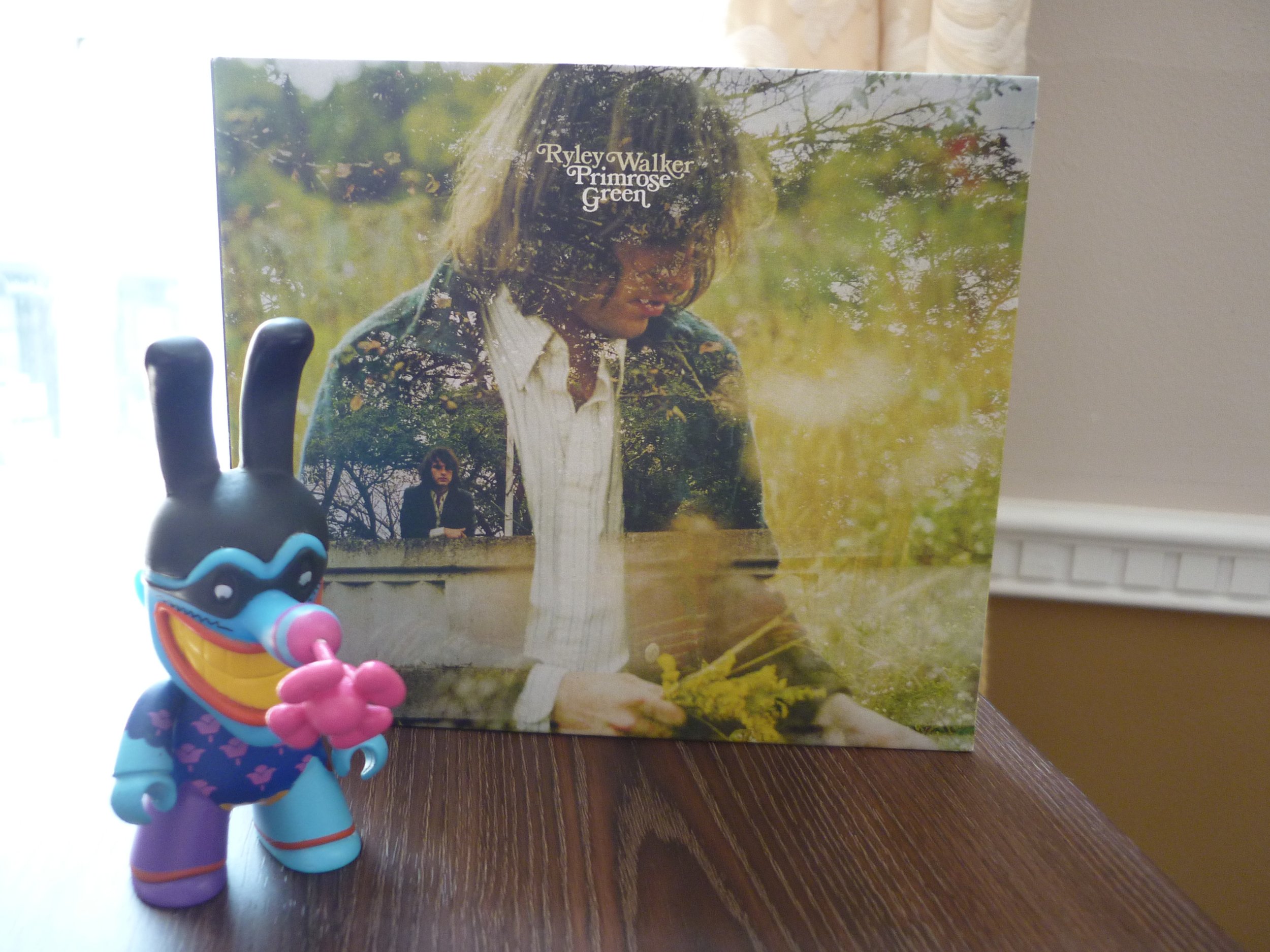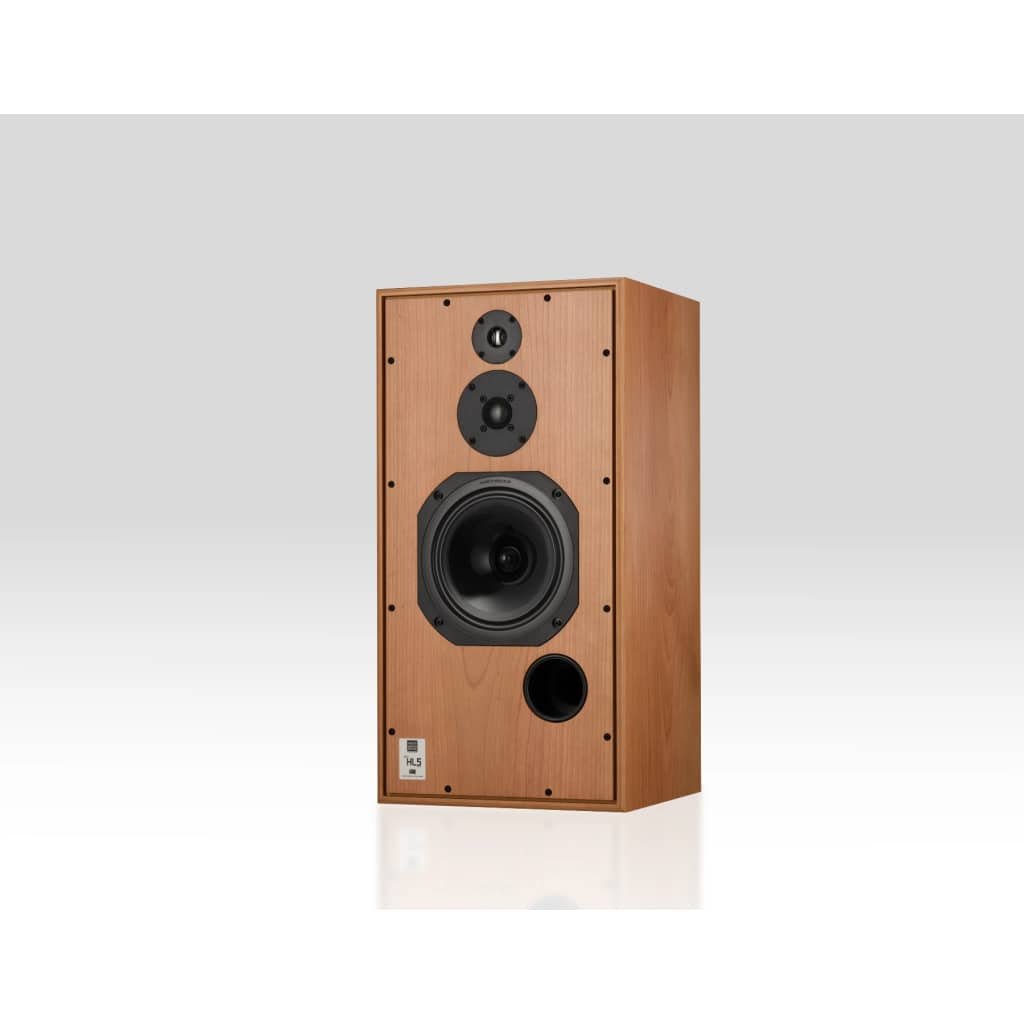Quart from a Pint Pot: Can We Achieve Large Room Performance with Small Speakers?
/The Client Request
Every once in a while we have a request from a client that, on the face of it, goes against the accepted Hi-Fi norm of:
Big room = Big speakers & a big amp
Small room = Small speakers & big amp (if you can get away with it!)
What we find ourselves faced with is a large open living space with a vaulted ceiling, but with room for only small to medium-sized bookshelf speakers. They must also live on a shelf, albeit a nice deep one. There is a requirement for AV replay too: one half of our client couple enjoys film, the other is a music lover, and together they have designed a most attractive media wall to house a TV, music streamer, amplifier and speakers.
First Principles
Going back to first principles, if we apply ourselves to catering for music properly, the AV aspect will very much take care of itself – provided we can replay music at full scale. The entire concept of stereo is that of creating a believable 3D soundstage with just two speakers and so this should be an achievable goal. Also, we have the caveat that with AV content, the dialogue needs to be particularly crisp.
The Speaker Dilemma
Our first problem is that the vast majority of speakers that can fit in the space available are designed to be mounted on stands a certain distance away from room boundaries. They usually have bass ports to the rear to give the audible appearance of much greater scale and rather more bass to bop around to when the mood takes us. This can easily make the speaker boom unpleasantly if it is placed too close to the rear wall, smearing any fine detail and leaving us with a grand mess.
A pair of dali opticon 2 bookshelf loudspeakers. mounted upon stands, they sound great.
the same opticon 2 spreaker from the rear. notice the large bass port - fatal for bass control if this unit is positioned hard up against a wall.
Our Shortlist
Happily, two of our favourite loudspeaker manufacturers – Acoustic Energy and ATC Loudspeakers – don’t (or rarely) use bass ports in their designs and so we can recommend them for demonstration, this time in the large space of our shop floor to replicate the size of the space they’ll be expected to work in. In this case, we fancied the Acoustic Energy AE300² with an Arcam A5 amplifier for a “recommended” system and the ATC SCM11 partnered with an Arcam Radia A25 amp for an “improved” system that the client will buy if they’re suitably impressed. No pressure then.
acoustic energy ae300 mk2 they don’t have a bass port, but a simple slot behind the tweeter
Our next task is to provide support for the speakers, because they’re never, ever, going to fill the room on their own. Welcome to our shop favourite – the REL T7x subwoofer at £999*.
shop favourite the rel t7x subwoofer. head and shoulders above its predecessor and the subject of a previous blog by yours truly..
Electronics and Streaming
For electronics, I chose the Arcam Radia A5 and its weightier sibling, the A25. Both have digital as well as analogue inputs and are very well regarded. For streaming purposes we shall use our flexible old friend, the Bluesound Node 4th Generation), linked digital fashion.
the arcam radia a5 amplifier
the bluesound node gen4. our favourite streamer under a grand
The IsoAcoustics Advantage
Our aural sleight-of-hand is assisted by the use of IsoAcoustics Aperta speaker stands. Standing just 76mm high, they isolate the loudspeaker cabinet from its resting place, which stops the shelf from resonating uncontrollably along with the music. They also have the effect of cleaning up the bass so we can distinguish an extra half octave of notes. Spatial information is further revealed, lending us a pleasant openness of soundstage. It’s £200* very well spent indeed.
the vesper - canada’s isoacoustic aperta 155 isolation stands (because once you’ve tried ‘em, you won’t want anything else)
Early Experiments
Our initial experiment with the Acoustic Energy AE300², Arcam A5 and REL T7x didn’t go very well. We could hear the Arcam struggling to achieve any presence and the system sounded like it was out of breath, even with the T7x subwoofer. I substituted the A5 for the Rega Brio Mk7, at £799*.
the pocket rocket that is the rega brio mk7. in the right room with the right speakers, is brilliant value.
This proved more satisfactory, but still not really cutting the mustard. Even after a warm-up, there’s simply not enough flesh on the bones. In a flash of inspiration I swapped the Brio for our Advance Paris X-i75 amplifier; still a reasonable £750* and still with digital inputs. (What an embarrassment of riches we do have at this price point.)
Now that’s better! Engaging the amp’s High Bias switch moves the first few watts of the amp’s output to Class A operation, finally giving us the meat we’ve been craving.
advance paris x-i75. handsome devil that IT is
the reverse of the x-i75 metal. if you squint carefully enough you can see that magical high-bias switch near the speaker terminals
Moving Up a Level
Nic is convinced that these AE300² are being flogged in this big space, so they’re replaced by their big sisters, the AE500 at £1,050*. Much more satisfying, much more relaxing to listen to now that we’re not hearing signs of strain, plus there’s a welcome slick of umami.
a pair of acoustic energy ae500s. note the carbon fibre tweeter - most unusual in our experience and yields a wonderfully natural presentation.
The Client Demo
Our clients arrive, tea arrives and I play a selection of demo tracks – Norah Jones’ version of Cold Cold Heart for its creamy vocals, Hans Theessink’s Blues Stay Away From Me for its stunning projection and soundstaging when treated to a good system, Alanis Morissette’s Hand In My Pocket Live from Shepherd’s Bush Arena for live ambience, space, scale and emotion; finally The Sound of War by Susanne Sundfør to give the REL T7x’s bass register a workout, whilst cut-glass Scandi vocals soar about us. And our jury said….
“Lovely! The size of the soundstage, the way it fills the room and how it isn’t overshadowed by that 65” TV at all. In fact, you could have a much bigger screen there. And we can hear everything. Beautiful.”
So far so good. I changed to the Arcam A25 and ATC SCM11s…
the arcam radia a25 amplifier - the first in their range of class g amps. essentially it operates as class a for the first few watts before using class a/b for the rest of its power curve. it yields a really full, meaty sound and makes it capable of driving more demanding speakers.
atc’s scm11’s. terrific speakers, right in the middle of atc’s “entry-level” range. they need a very firm hand to get the best out of them. challenge accepted.
“Oh yes! So much more dramatic and the music’s got… body? Is that the right term? I’ve never heard anything like that before. Errr… wow. That’s definitely worth the extra. They do come in white though… yes?”
“They do indeed.”
Wrapping Up
What began as a tricky brief turned into a fascinating reminder that with the right combination of speakers, amplification and support, even a large, open space can be filled with music that feels natural and full of life. It doesn’t always take floorstanders to achieve scale – careful system matching and a bit of creative thinking go a long way. At Audio T Swansea, we love tackling these kinds of challenges, so if you’re wondering what might work best in your own home, why not pop in for a chat and a listen?
Thanks for reading.
Words by Adrian (tea and suggestions that certain speakers ‘might be having a hard time of it’ and certain amplifiers ‘really are not up to this treatment Ade’ by Nic & Andy) – Audio T Swansea
If you have any questions about any of the equipment featured in this article, or any other Hi-Fi or home cinema enquiries, be sure to Contact Us.
If you’ve enjoyed this, why not go ahead and read some more of our other blogs—and be sure to follow us on our social media channels below…
Arcam can be found at the following Audio T stores
ATC Loudspeakers can be found at the following Audio T stores
Acoustic Energy can be found at the following Audio T stores
Bluesound can be found at the following Audio T stores
DALI can be found at the following Audio T stores
IsoAcoustics can be found at the following Audio T stores
REL can be found at the following Audio T stores
*All prices, credit terms and interest rates quoted are correct at the time of going to press but may be subject to change. E&OE



